Whether you're a beginner or a seasoned athlete, understanding how to workout every muscle in your body is key to building balanced strength, improving posture, and preventing injury. A truly effective routine isn't just about lifting weights or running laps—it’s about targeting every major and supporting muscle group with intention.
Why You Should Train Every Muscle Group
The human body has over 600 muscles, but for practical training, we focus on about 50 main muscle groups, including:
-
Chest (pectorals)
-
Back (lats, traps, spinal erectors)
-
Legs (quads, hamstrings, glutes, calves)
-
Arms (biceps, triceps, forearms)
-
Shoulders (deltoids)
-
Core (abs, obliques, lower back)
Neglecting even one area—say, the rear delts or hamstrings—can lead to imbalances, poor posture, or overuse injuries. A workout for every muscle ensures symmetry, function, and strength across the board.
Full-Body Training: Principles and Progression
To hit all muscles efficiently, structure your week around compound lifts supported by isolation movements. For example:
3-Day Full Body Split
-
Day 1: Squats, push-ups, pull-ups, planks
-
Day 2: Deadlifts, dips, rows, Russian twists
-
Day 3: Lunges, overhead press, curls, calf raises
This structure balances 260+ potential variations across equipment, intensity, and angle, allowing for both strength and hypertrophy.
Personal Experience: Learning to Listen to My Body
When I first began structured training, I focused too much on the “mirror muscles”—chest and arms—ignoring stabilizers like glutes and rear delts. Over time, this led to tight hips, chronic low back pain, and shoulder instability.
It wasn’t until I implemented a workout that targeted every muscle, including proper posterior chain training and mobility work, that I felt truly athletic. My posture improved, my pain disappeared, and I moved better in everyday life.
How to Workout Every Muscle: Practical Tips
-
Start with compound lifts (e.g. deadlifts, bench press, squats) to activate multiple muscle groups
-
Add isolation work to refine lagging or weak areas (e.g. lateral raises, leg curls, triceps extensions)
-
Rotate exercises every 4–6 weeks to avoid plateaus
-
Don’t forget recovery—your muscles grow when resting, not just training
For beginners, bodyweight exercises can be a great entry point. As you progress, introduce resistance bands, free weights, and machines to deepen your results.
Sample “Every Muscle” Workout
| Exercise | Target Area |
|---|---|
| Squats | Legs, glutes, core |
| Push-Ups | Chest, shoulders, triceps |
| Bent-over Rows | Back, biceps |
| Plank | Core, shoulders |
| Calf Raises | Lower legs |
| Face Pulls | Rear delts, upper back |
| Leg Curls | Hamstrings |
| Overhead Press | Shoulders, triceps |
Repeat 2–3 rounds with moderate rest between sets. This simple circuit covers most muscles of the body with minimal equipment.
Final Thoughts
The secret to real progress lies in consistency and completeness. Don’t chase quick fixes or skip leg day. Instead, build a routine that truly trains every muscle, from the obvious to the overlooked. Your body will thank you with strength, function, and resilience for years to come.

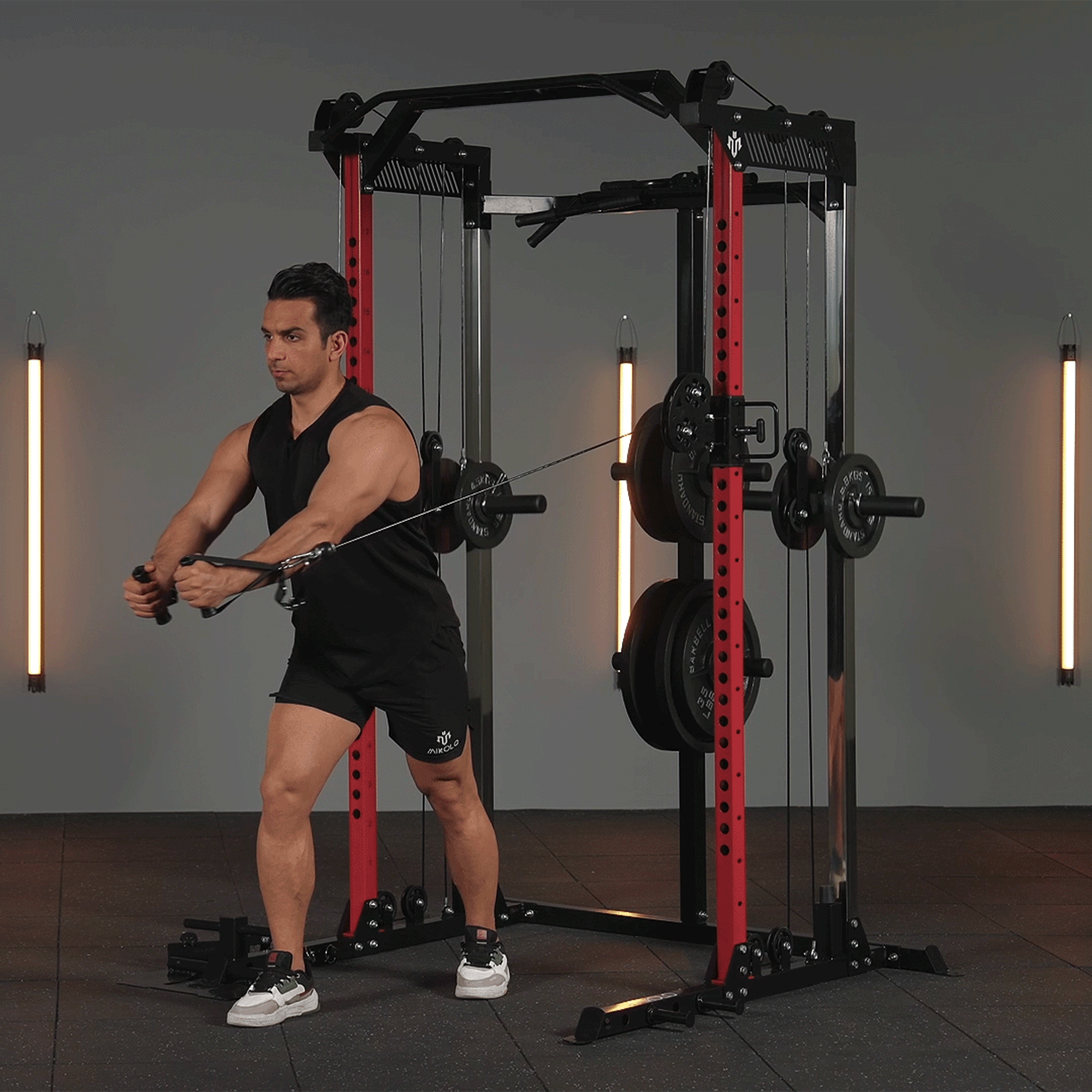
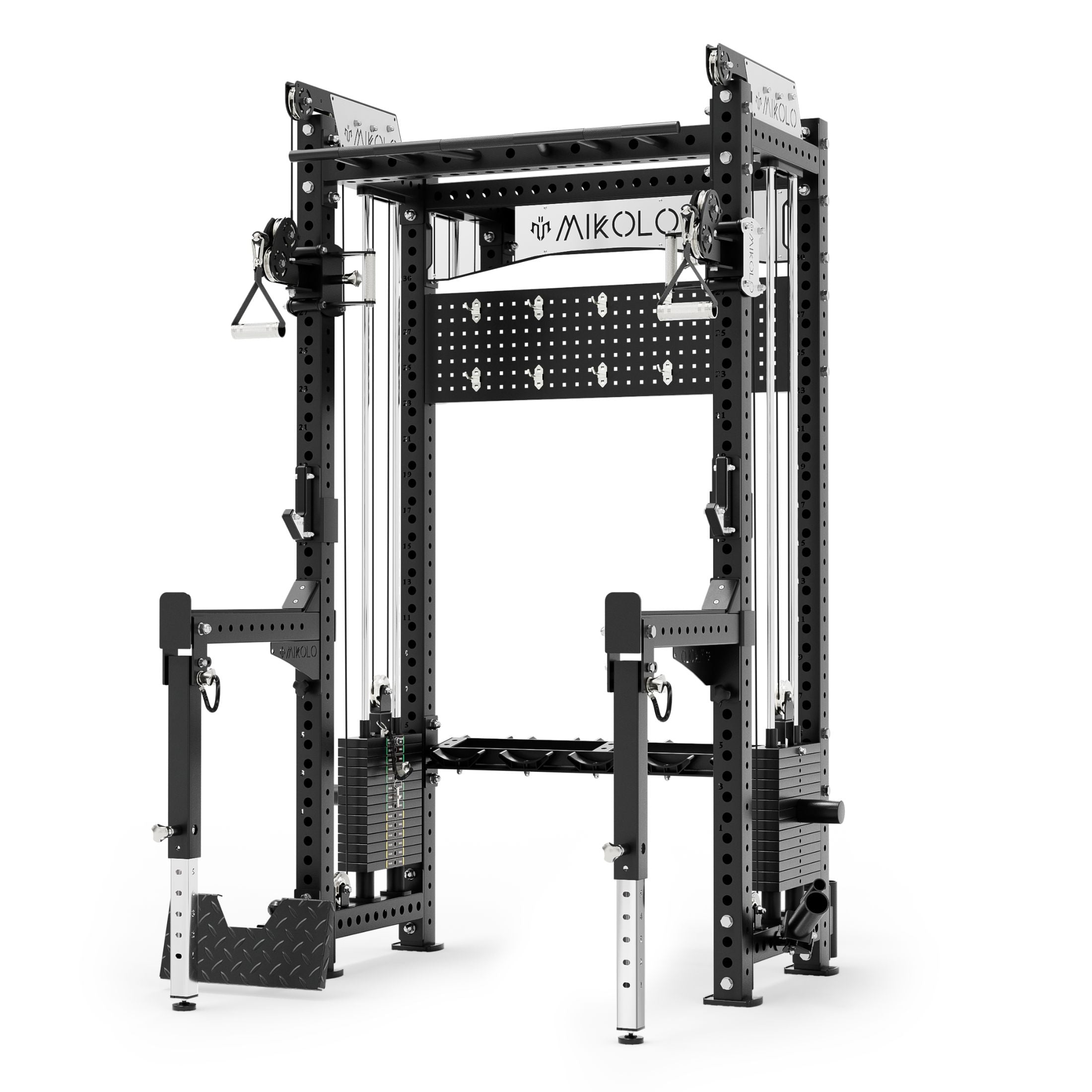
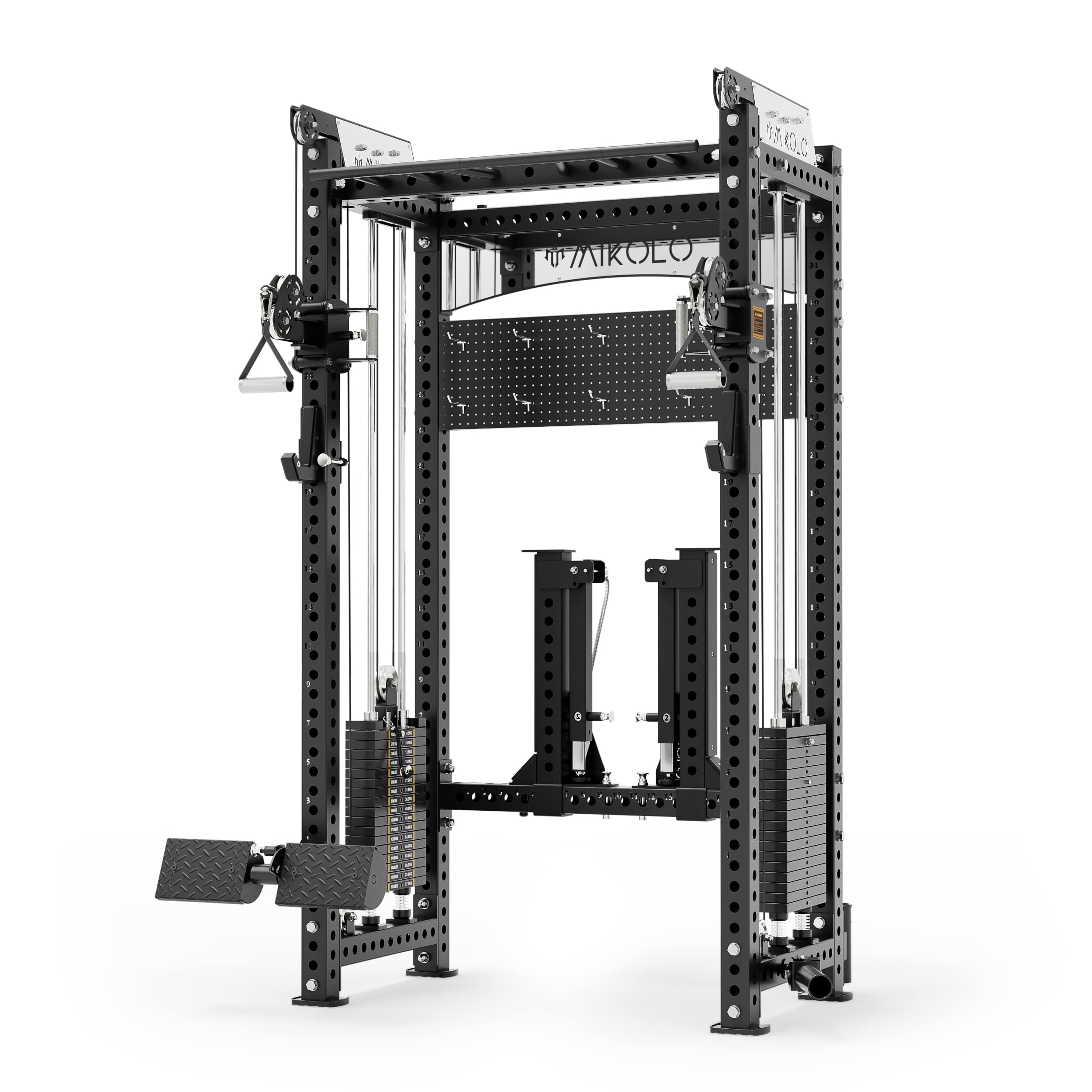
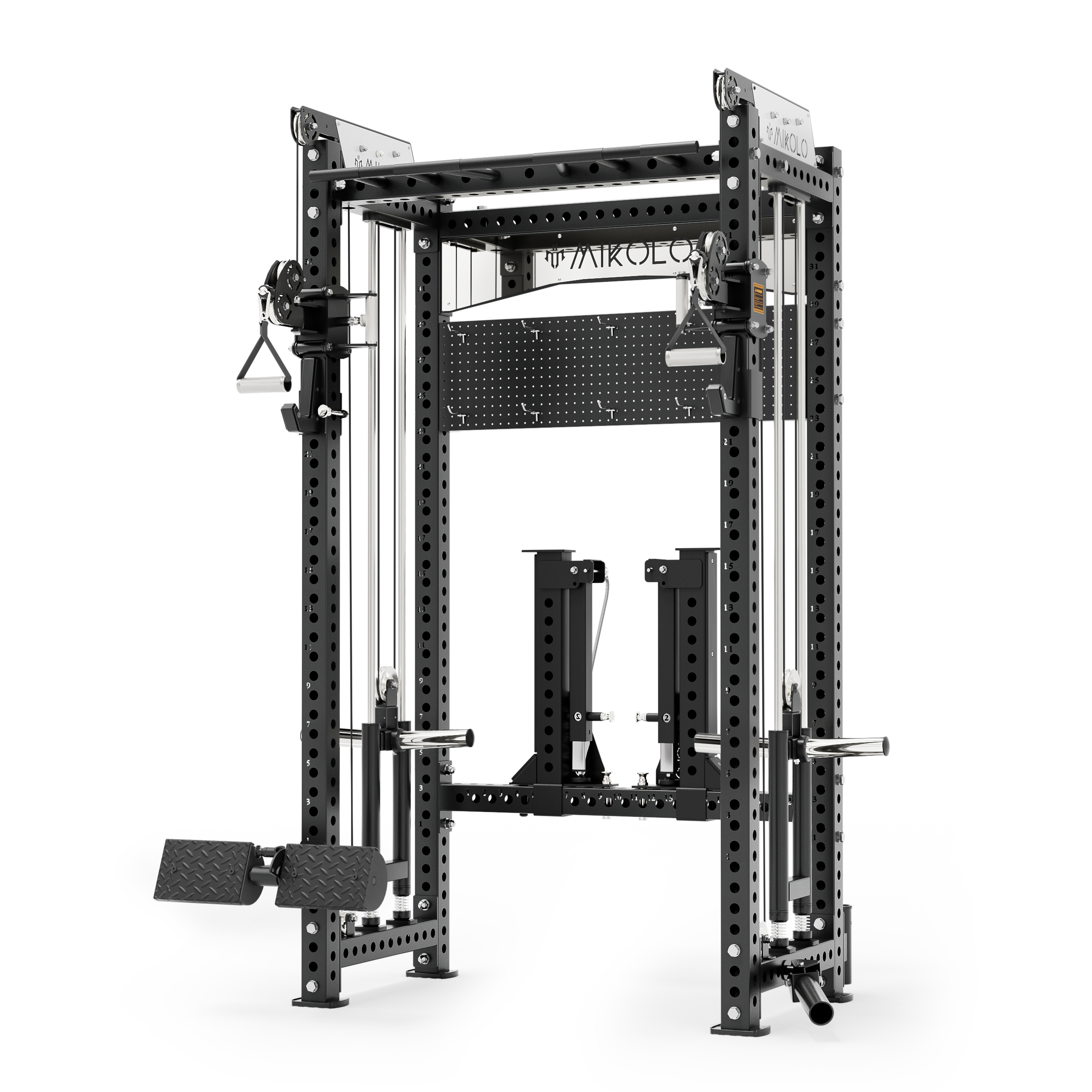
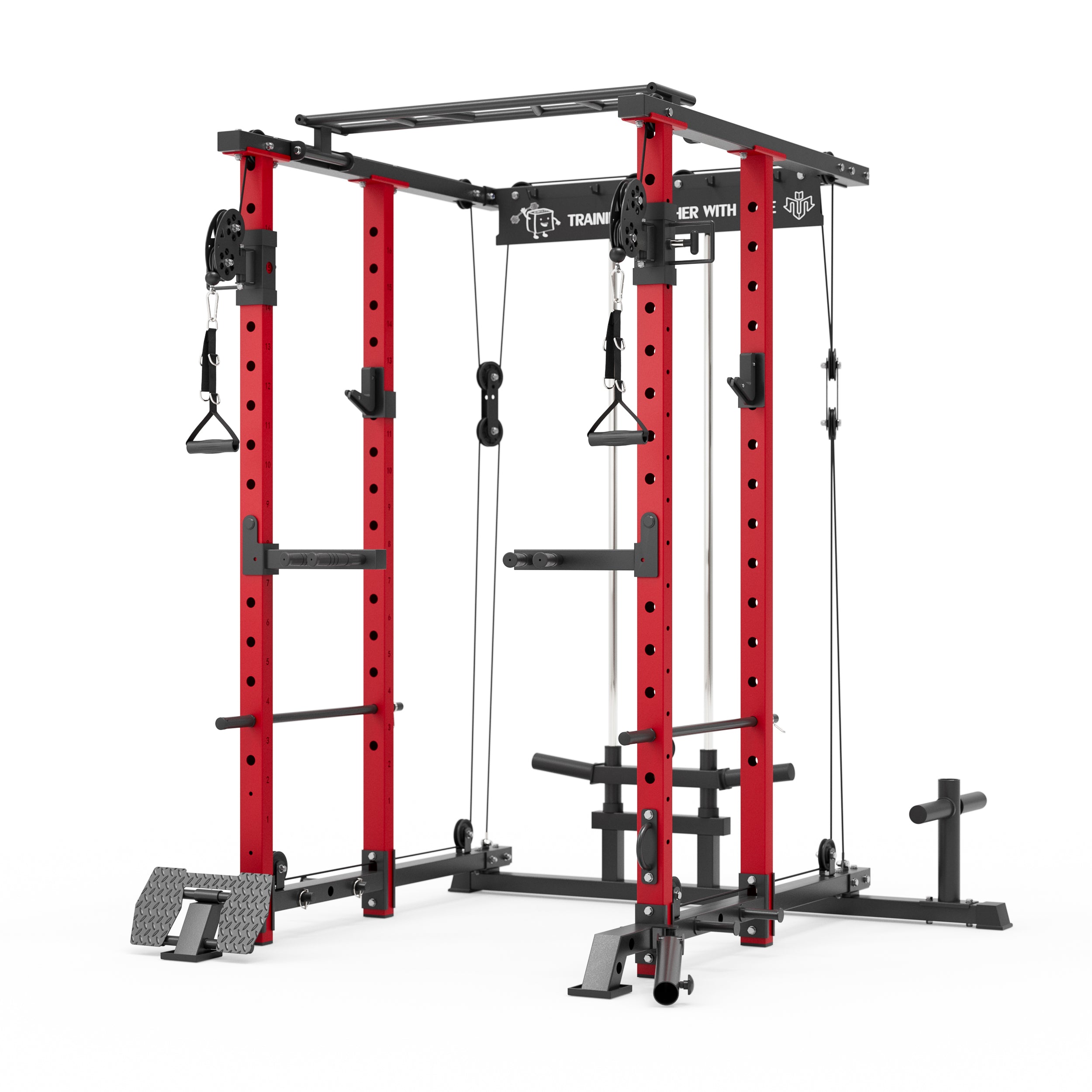
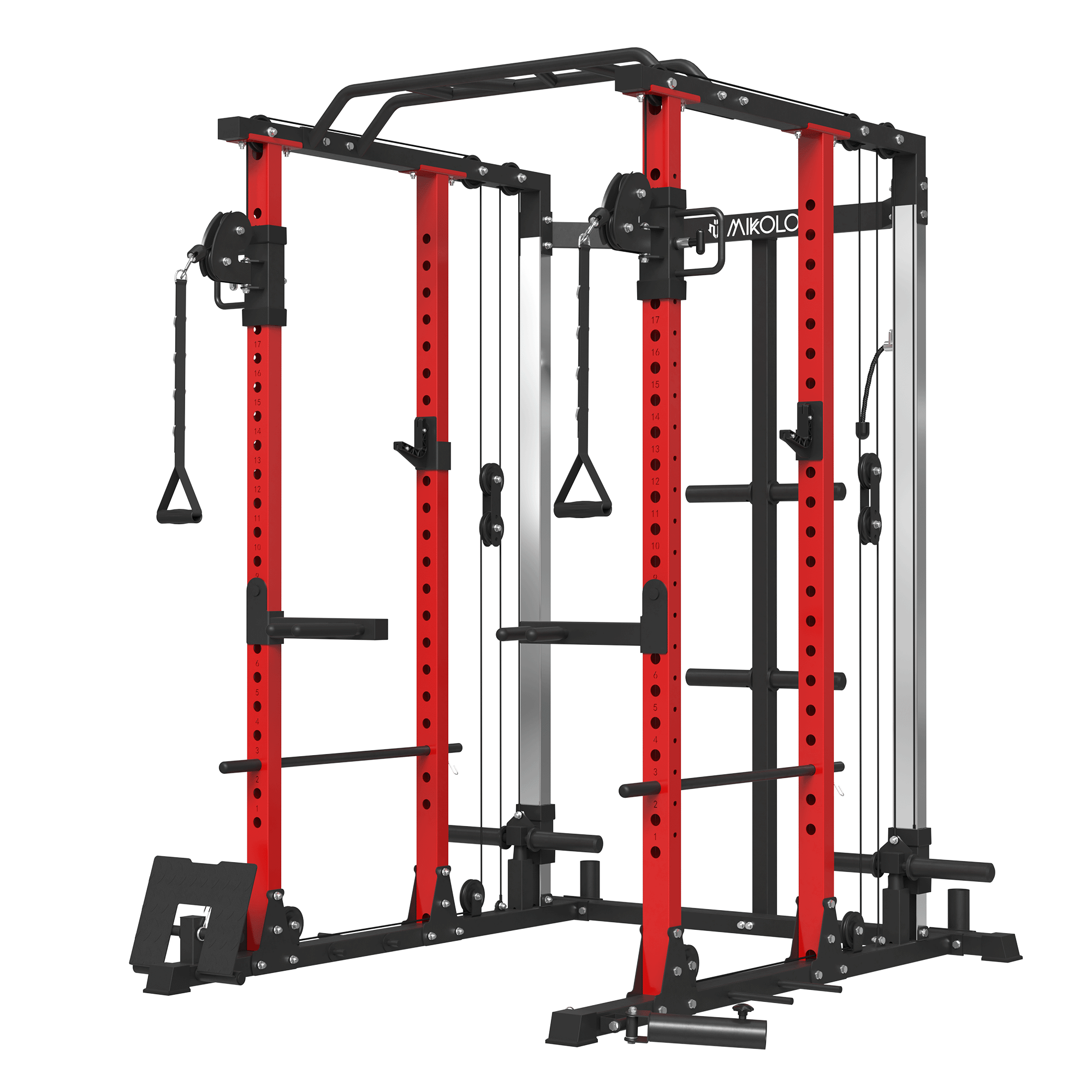
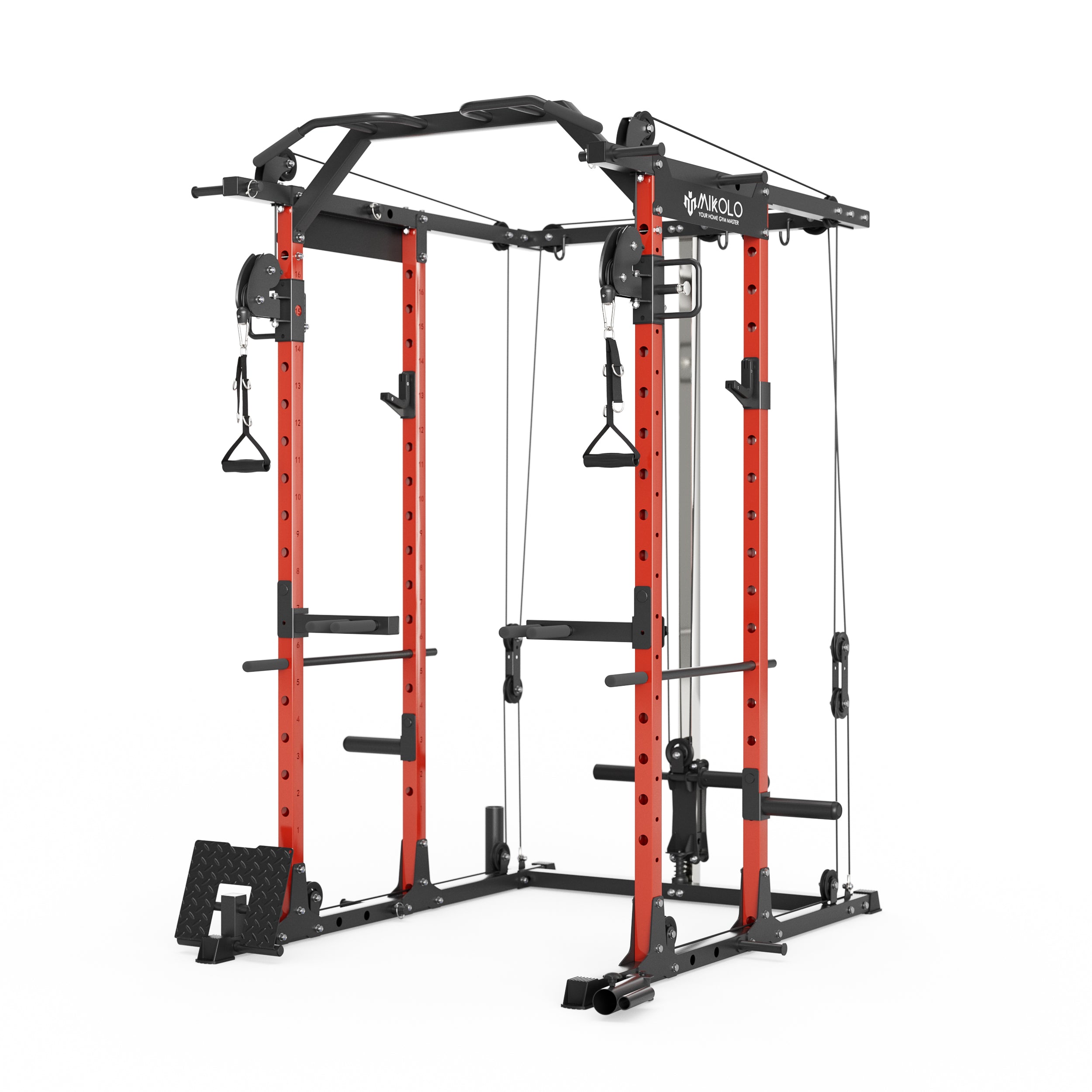
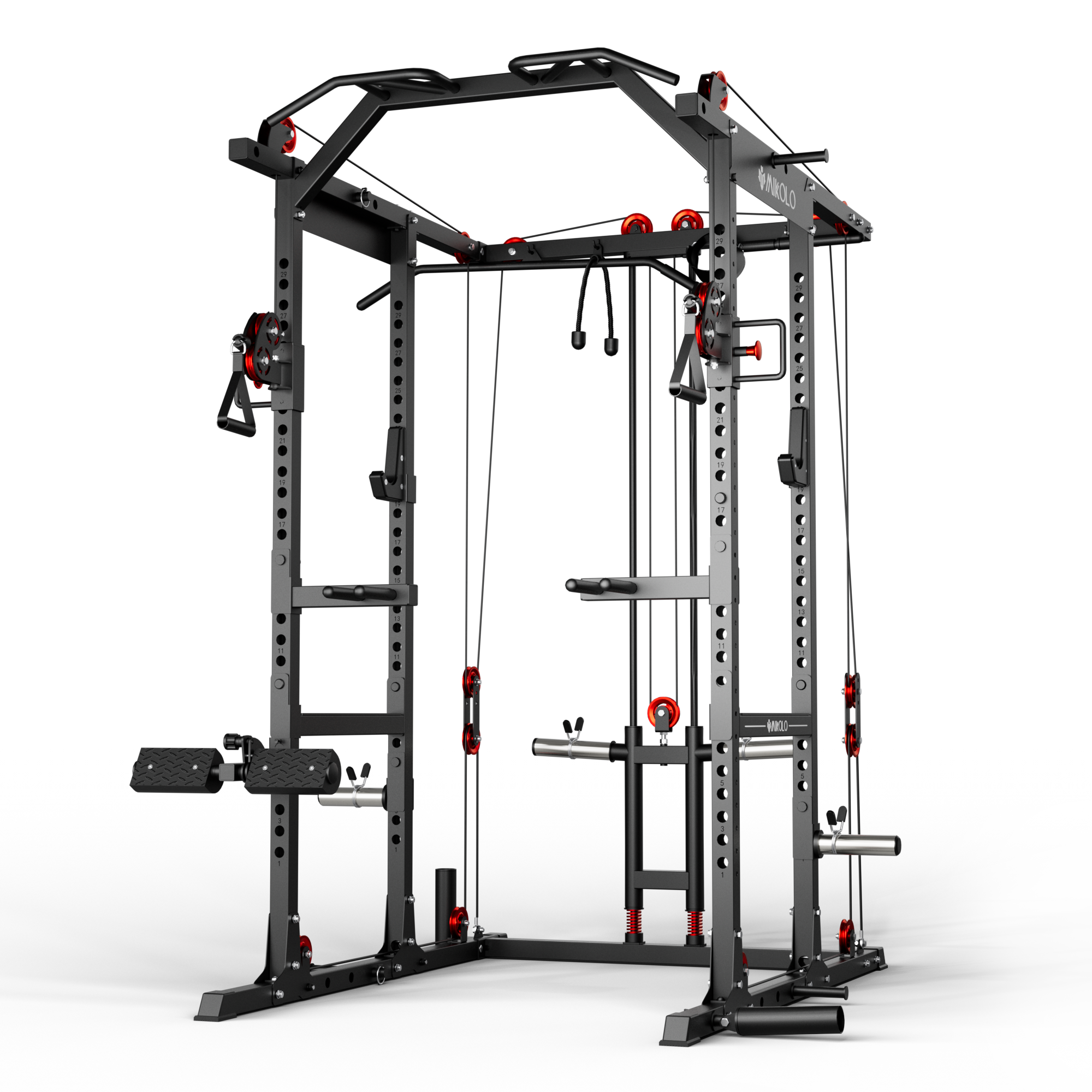
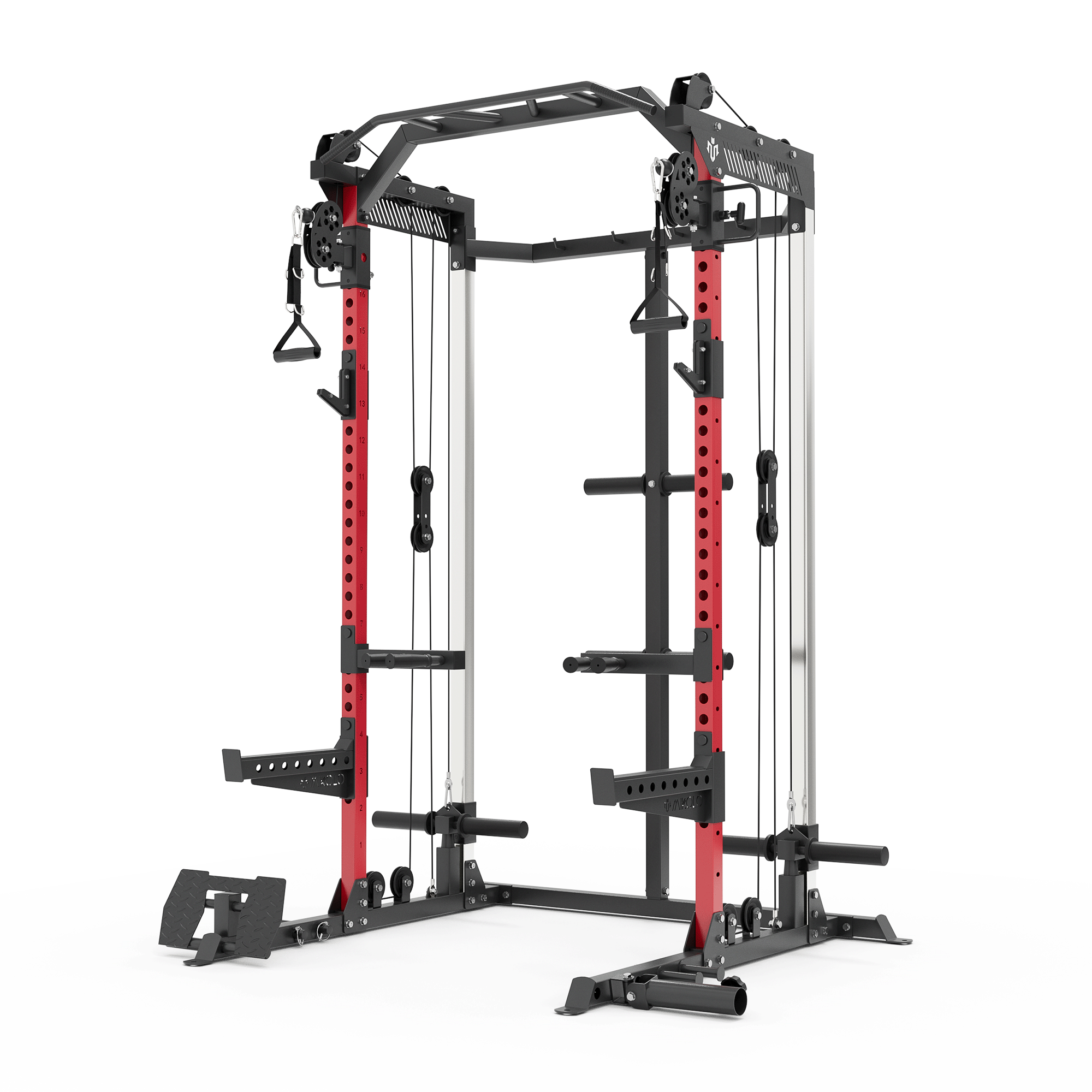
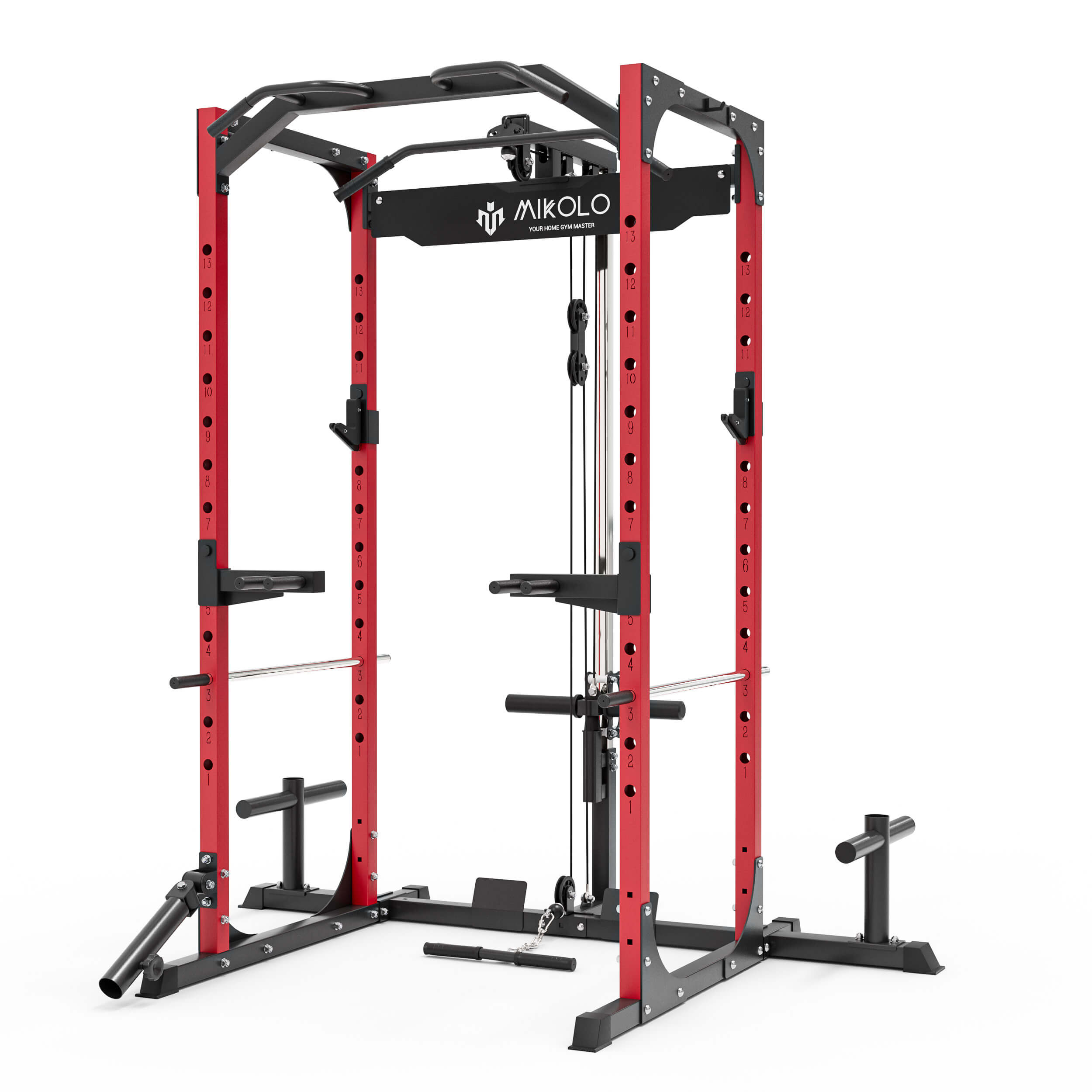
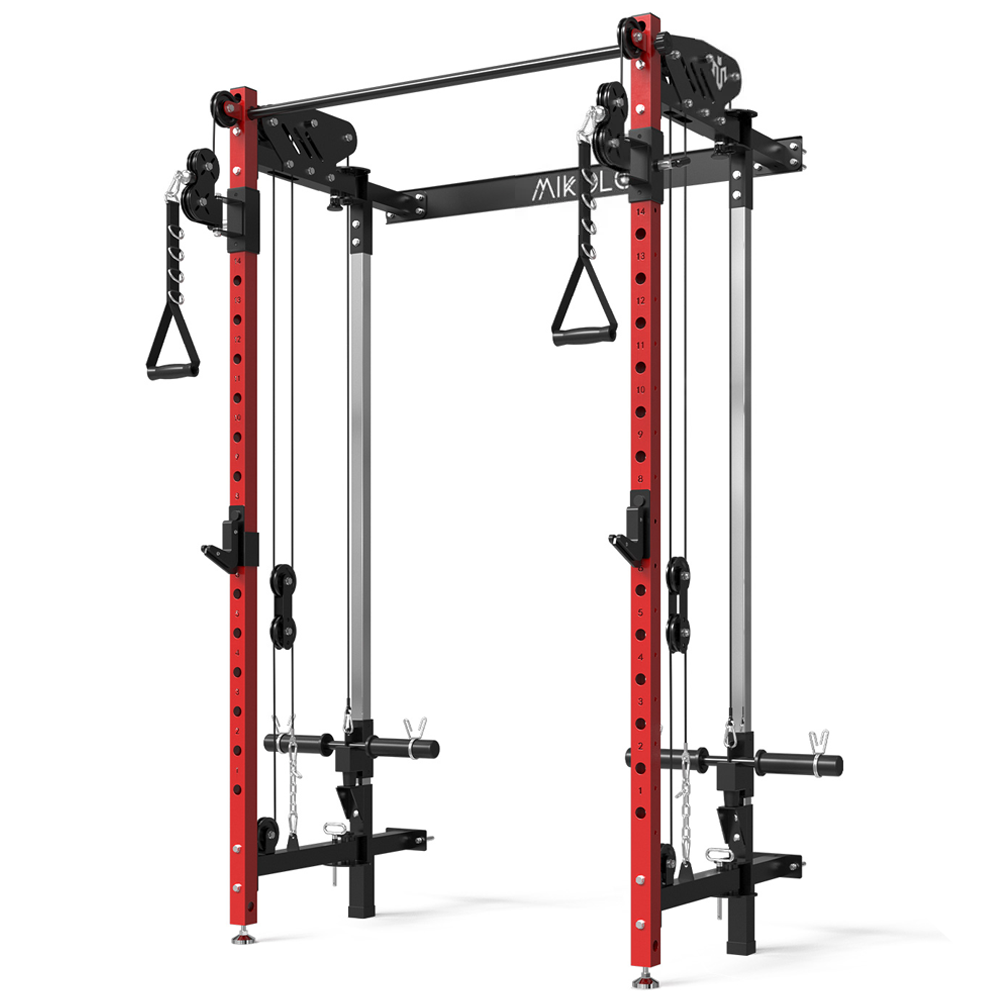
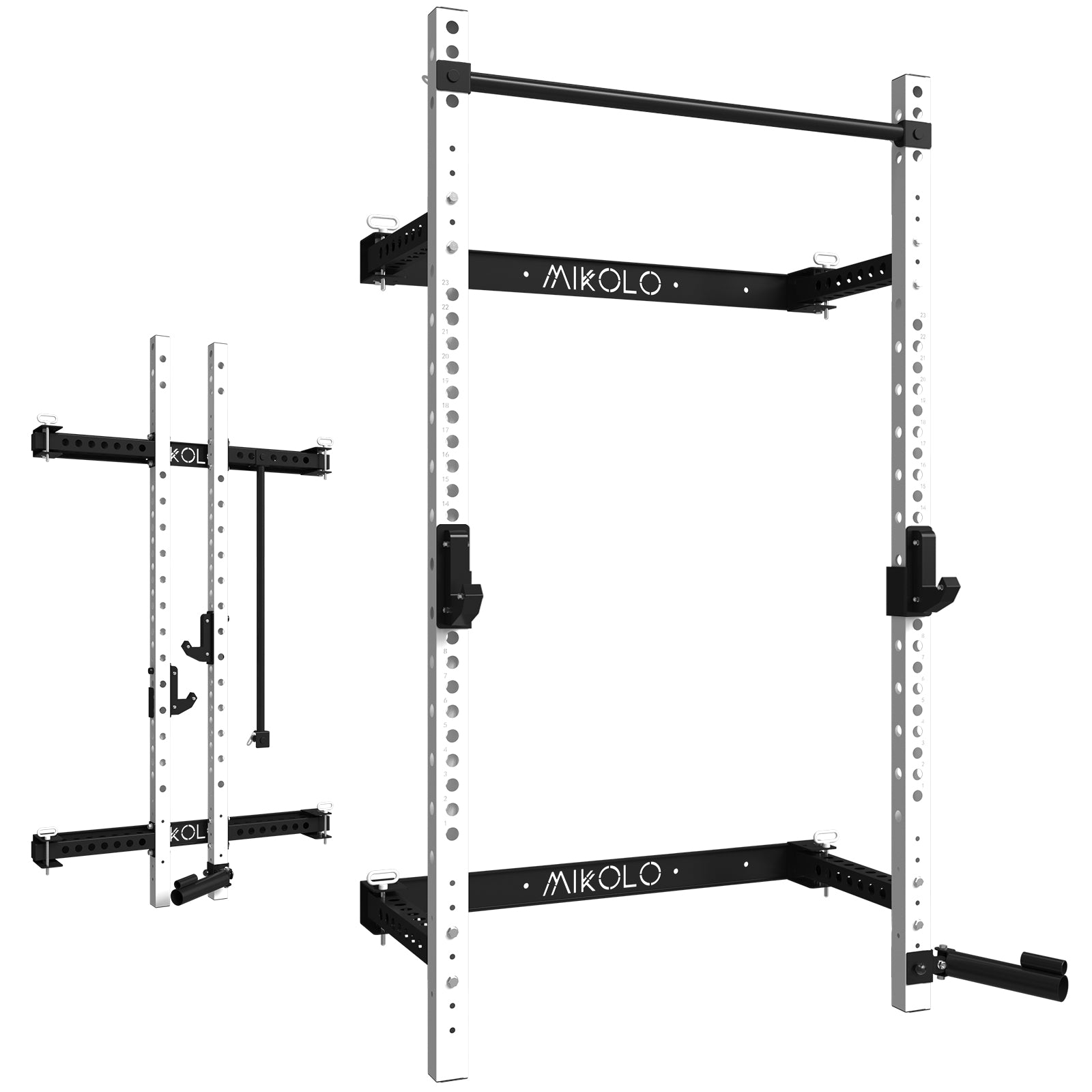
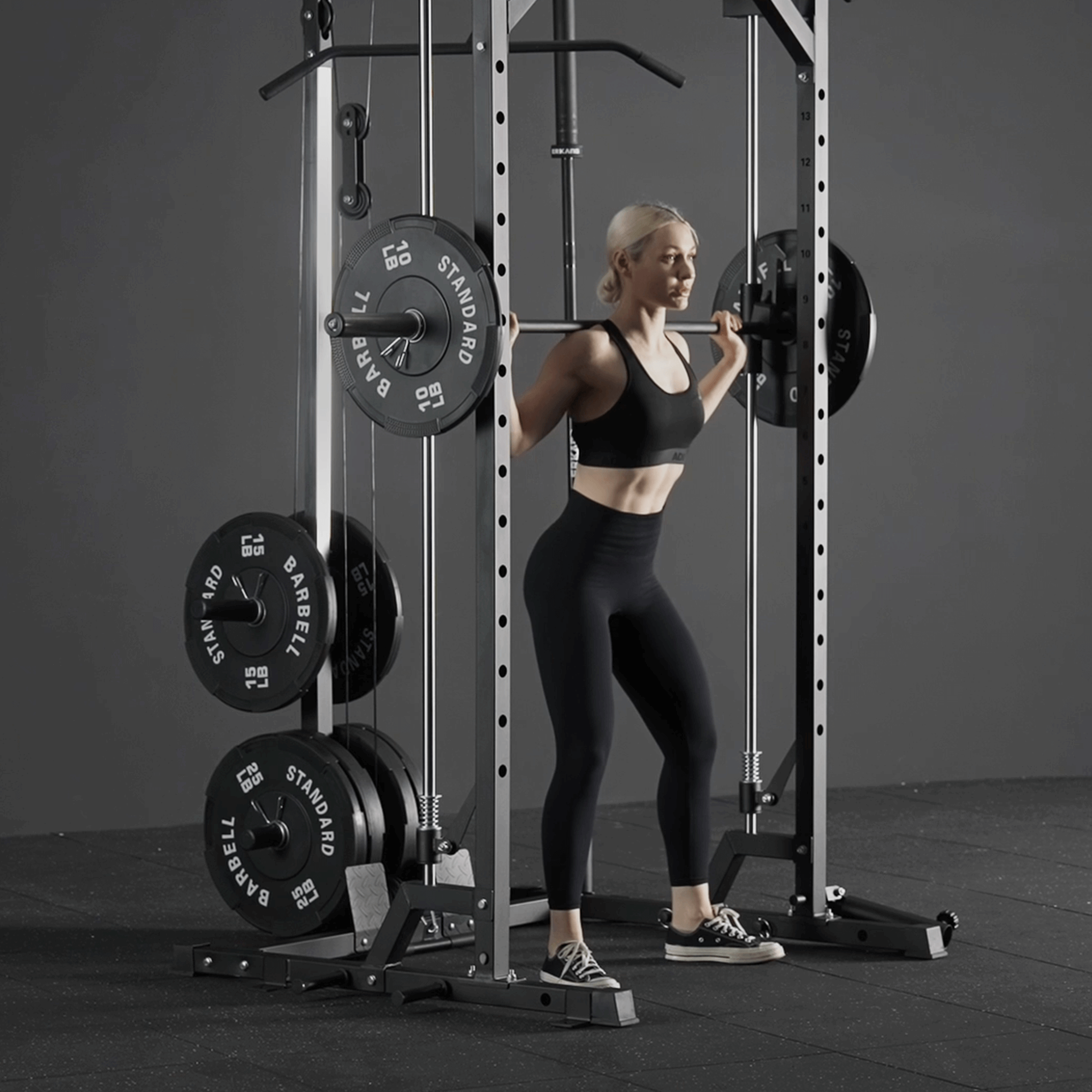
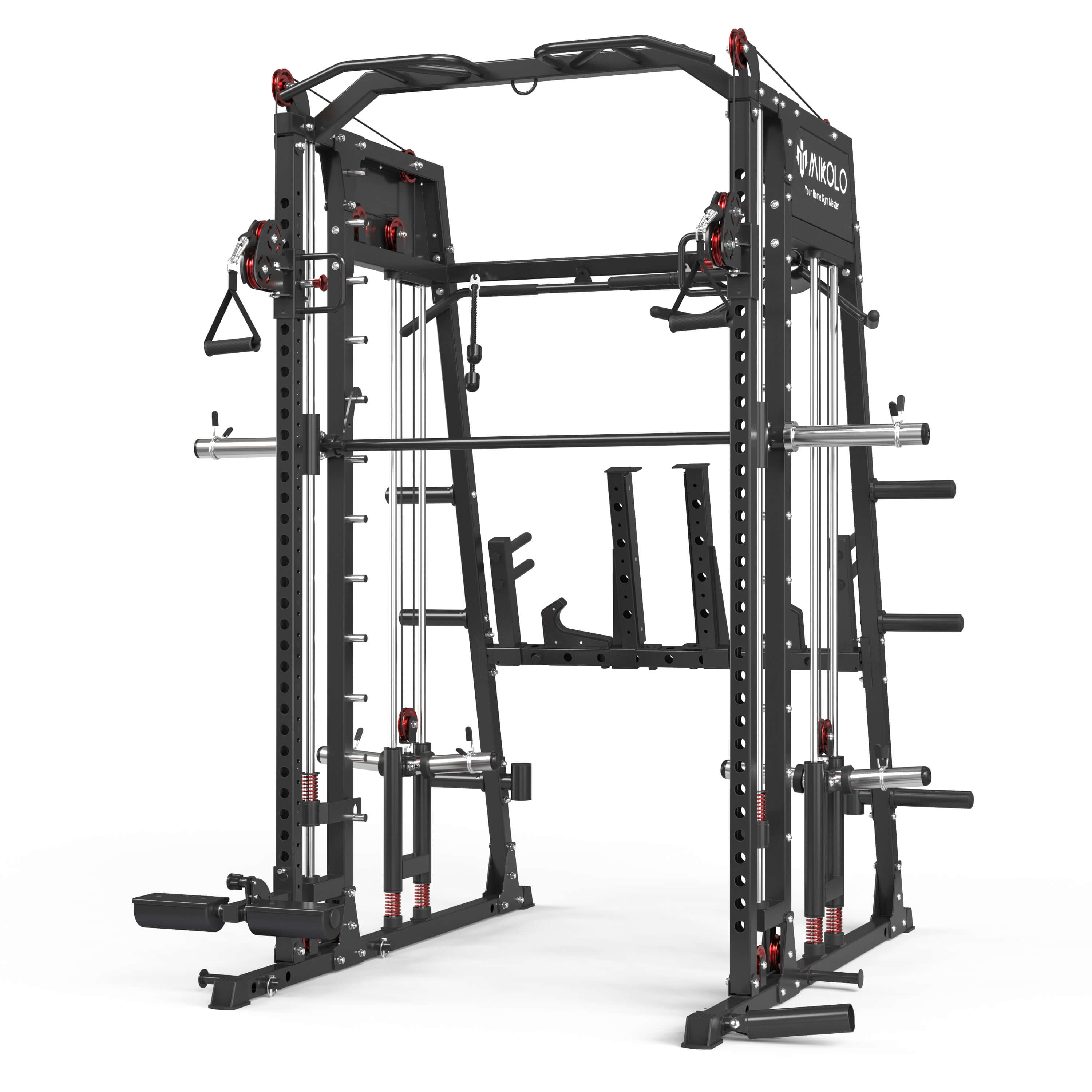
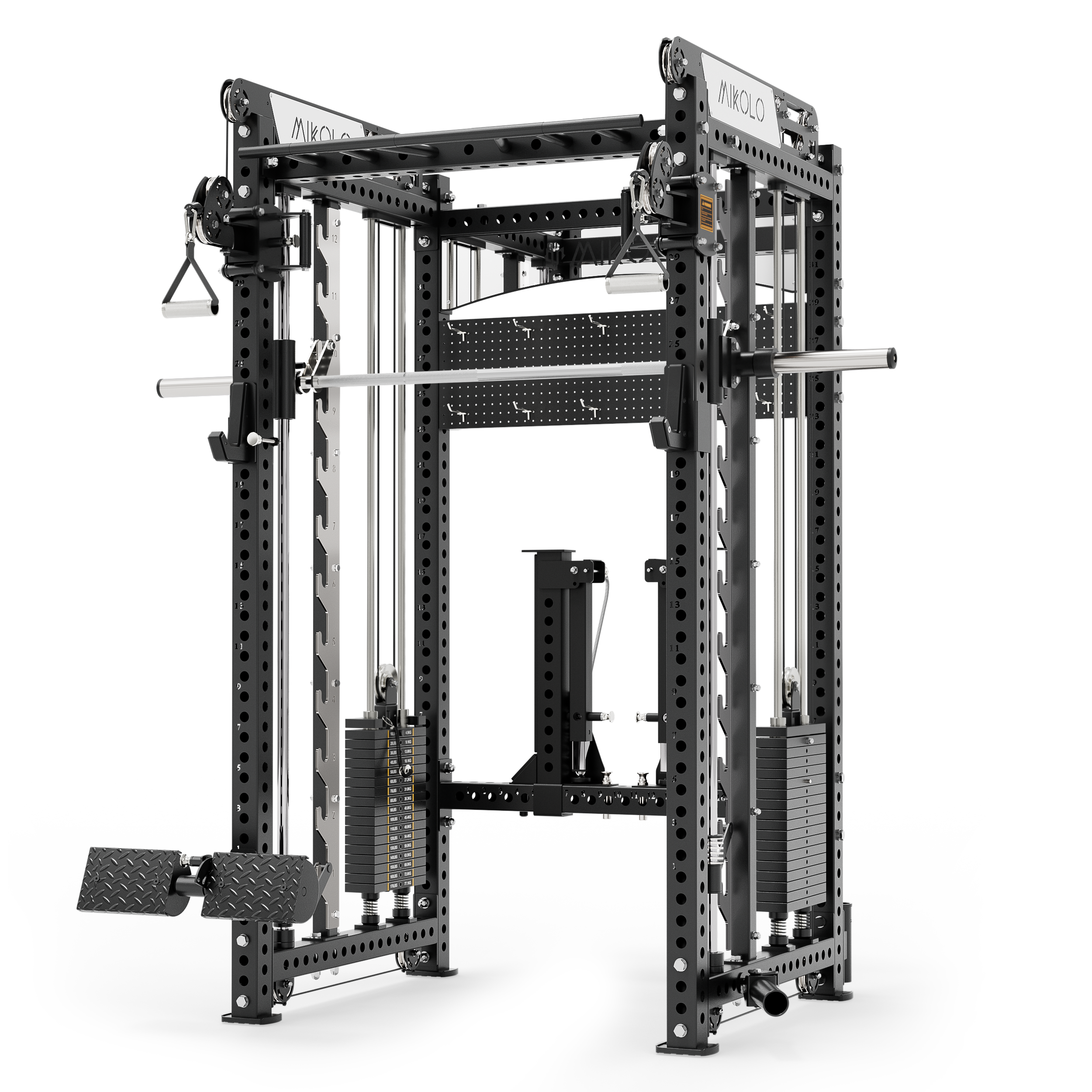
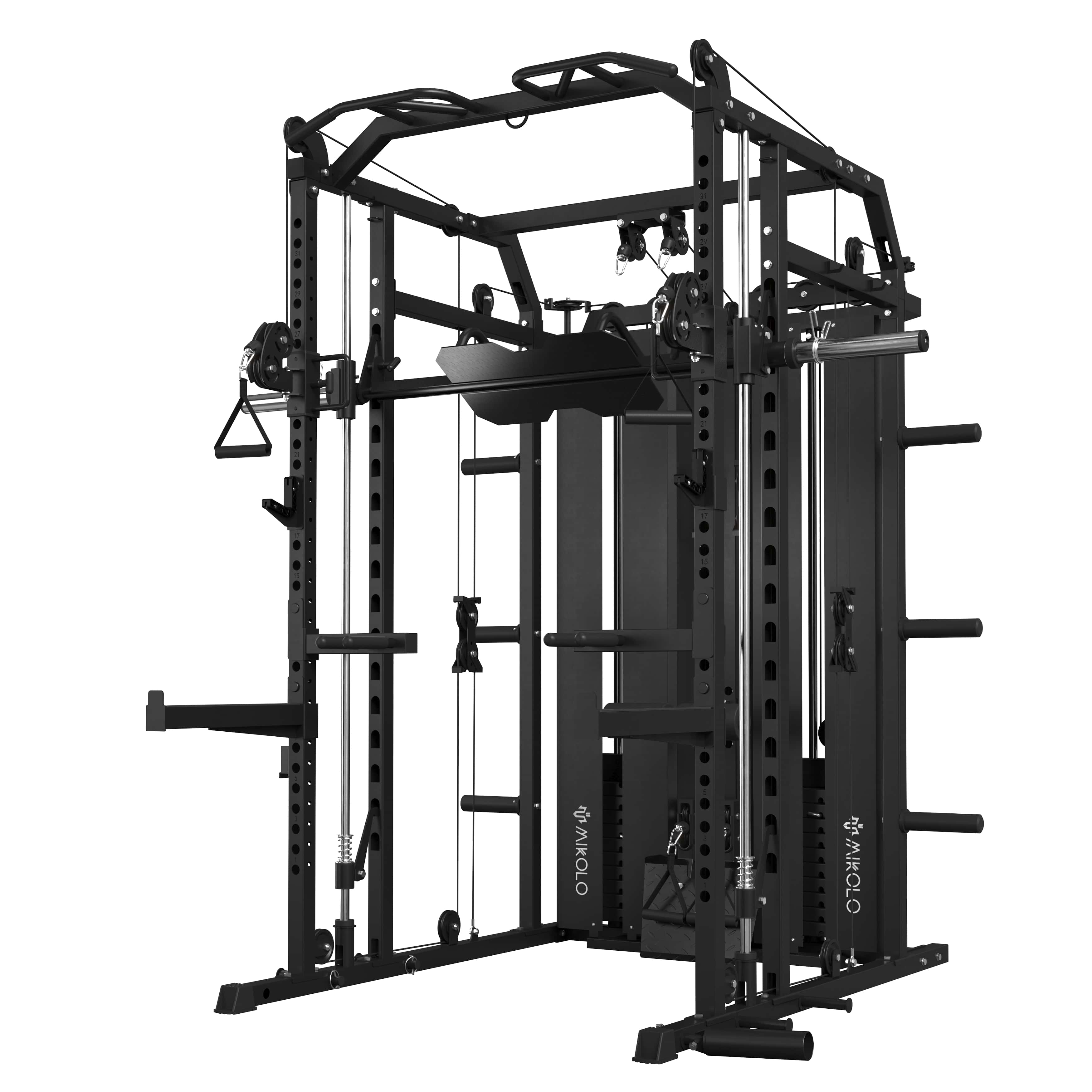
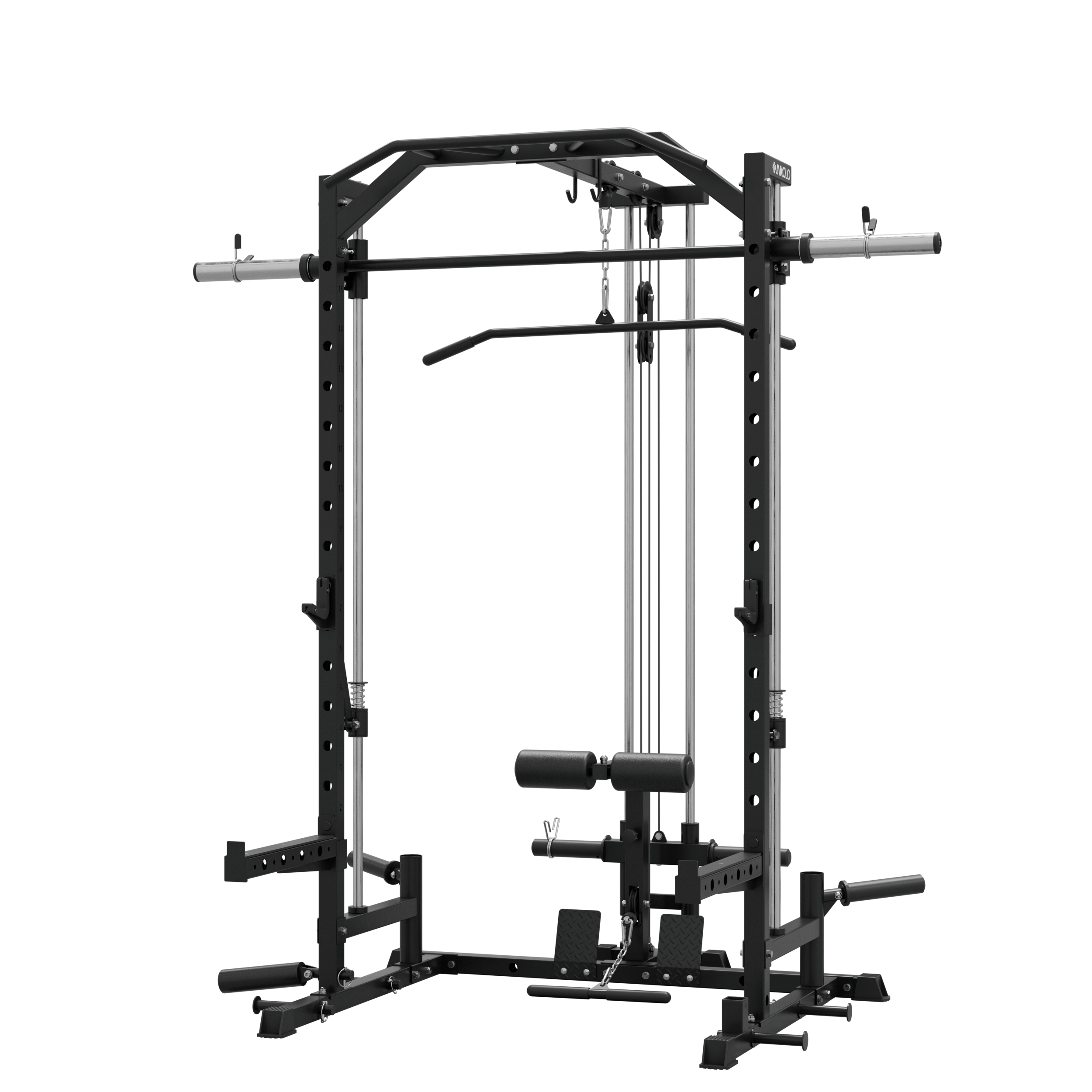
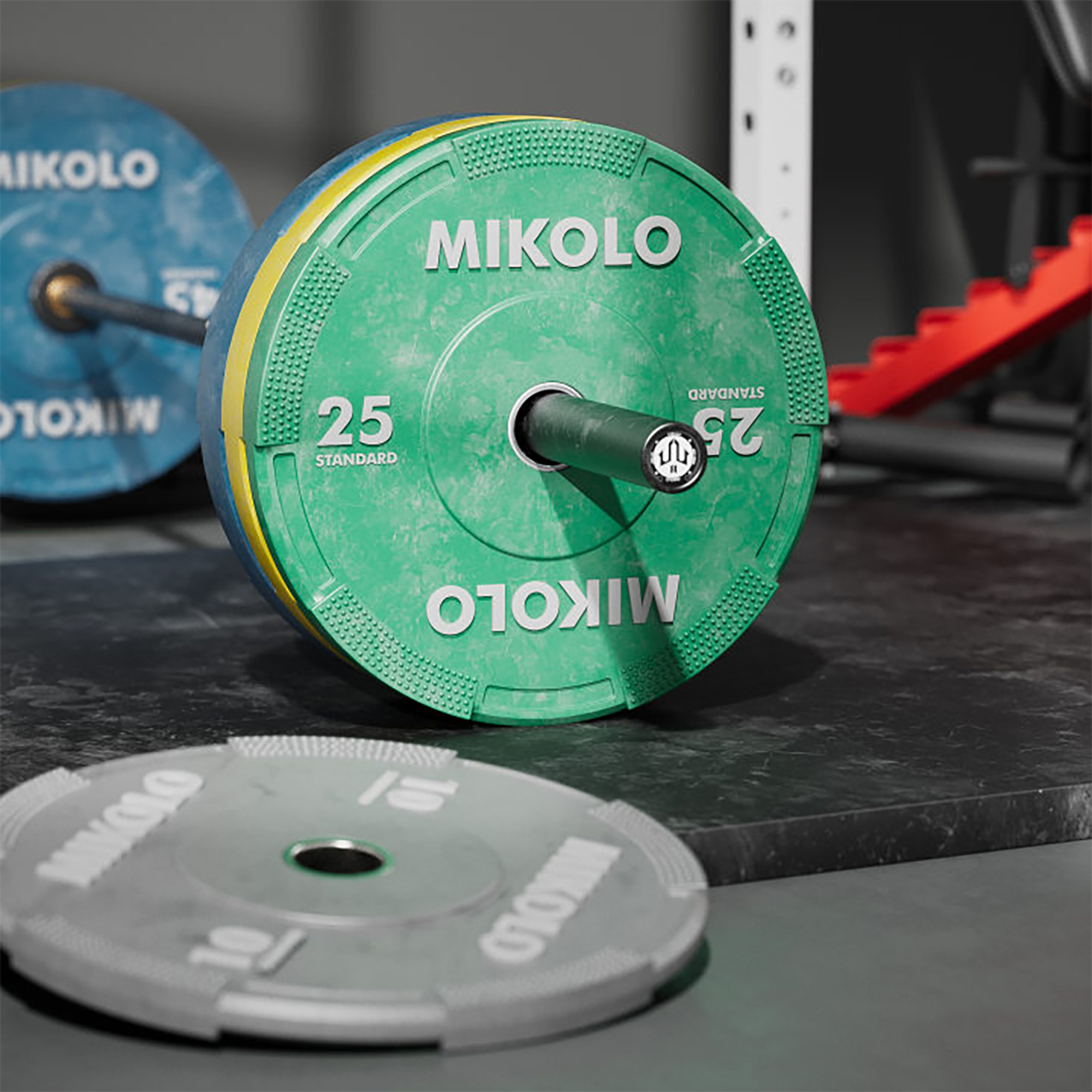
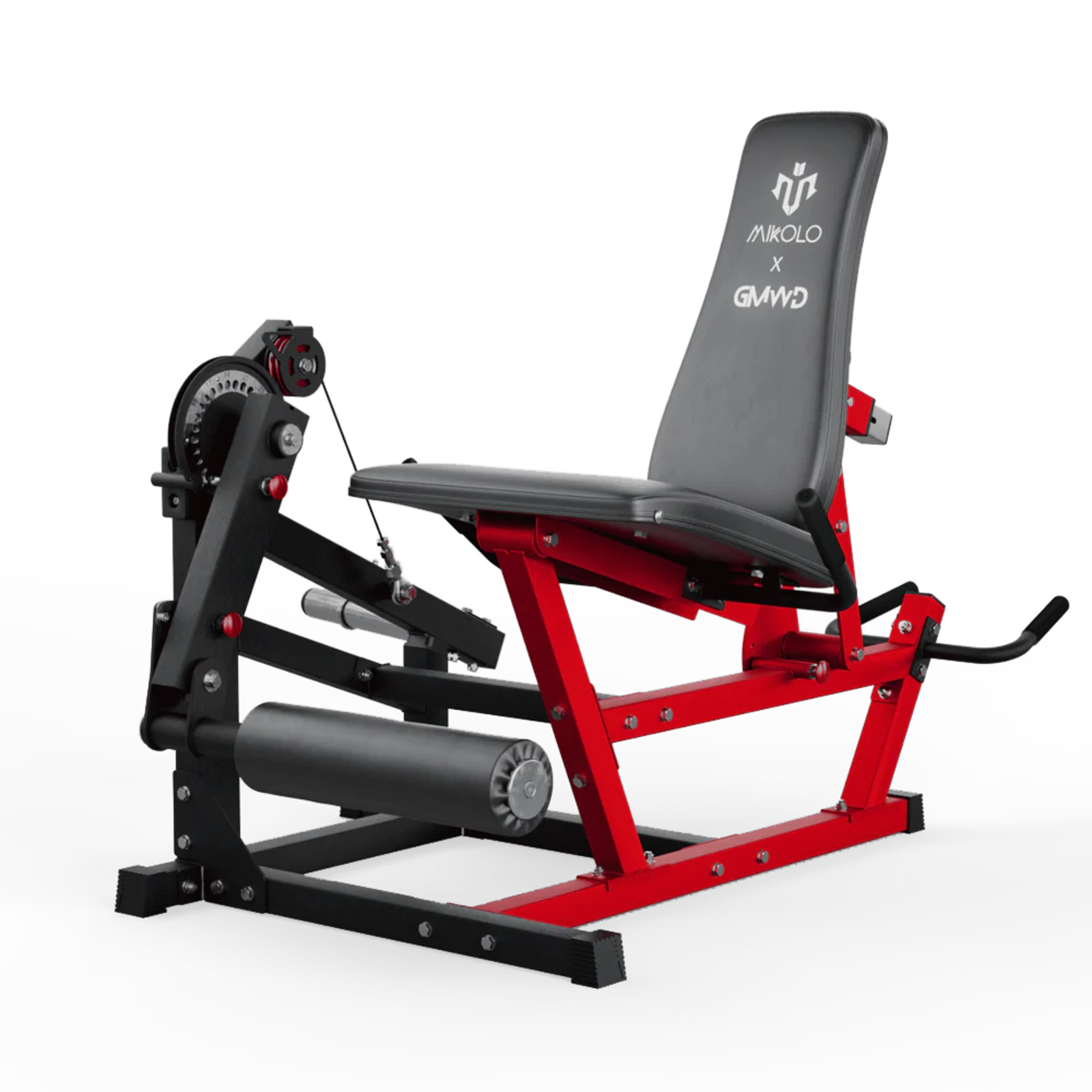
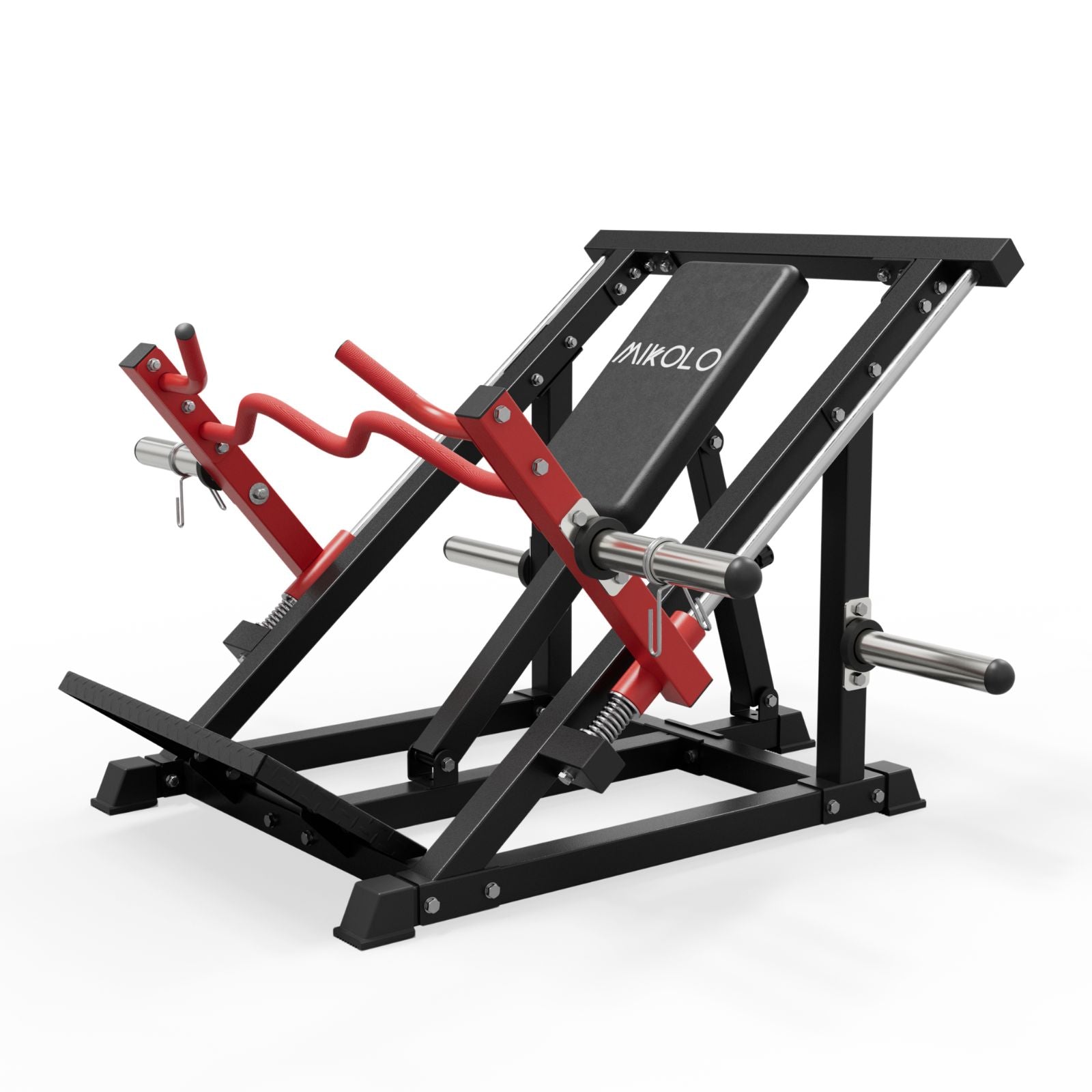
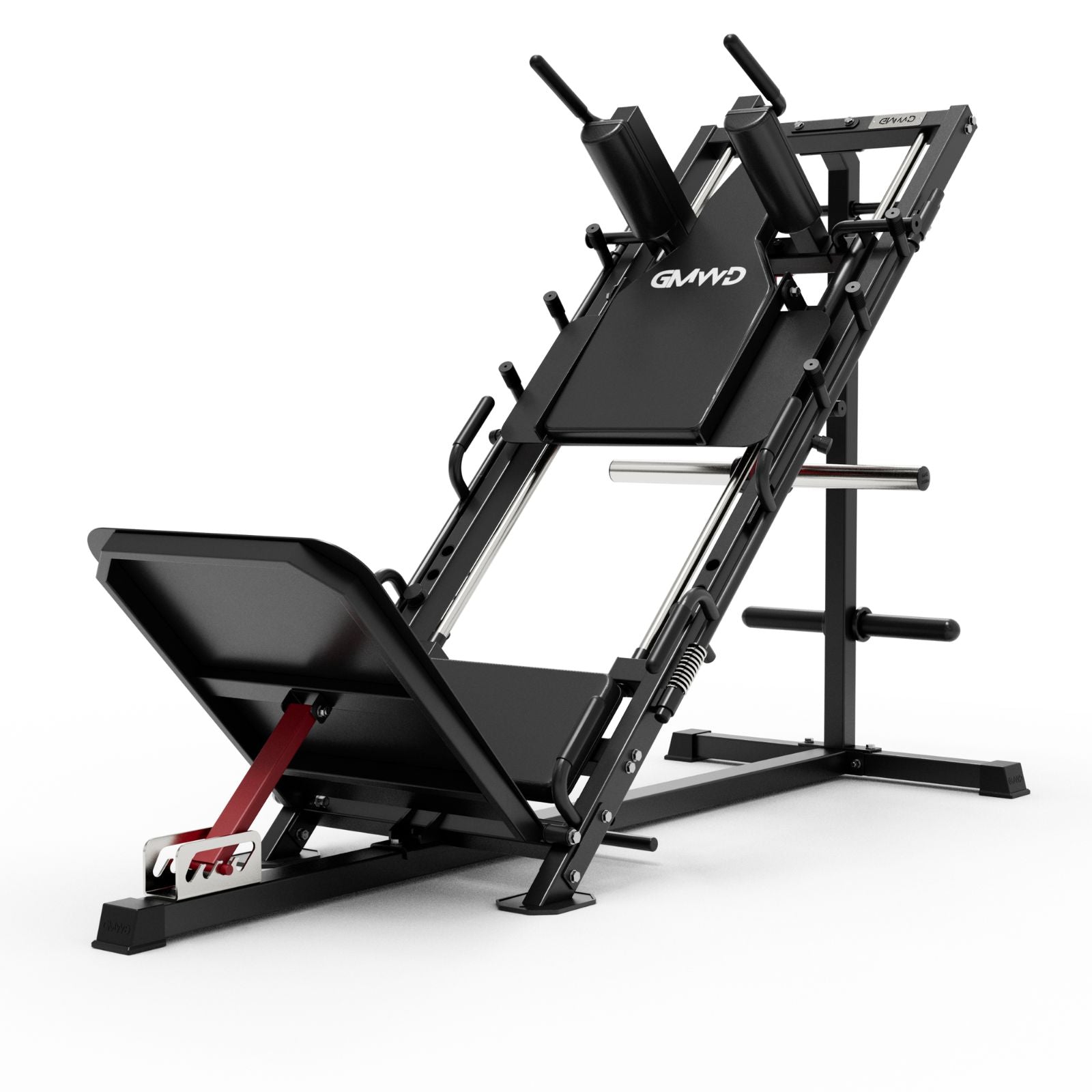
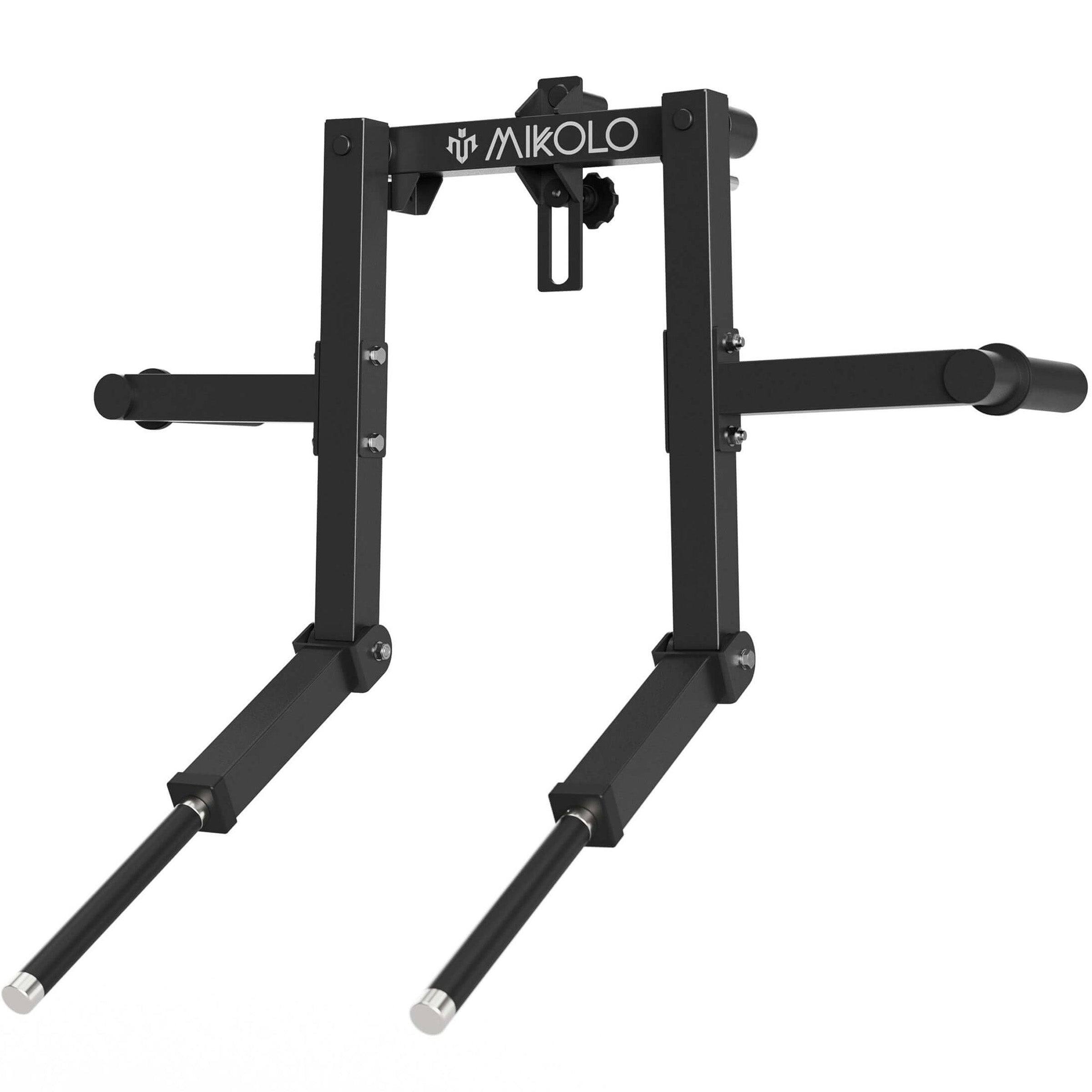
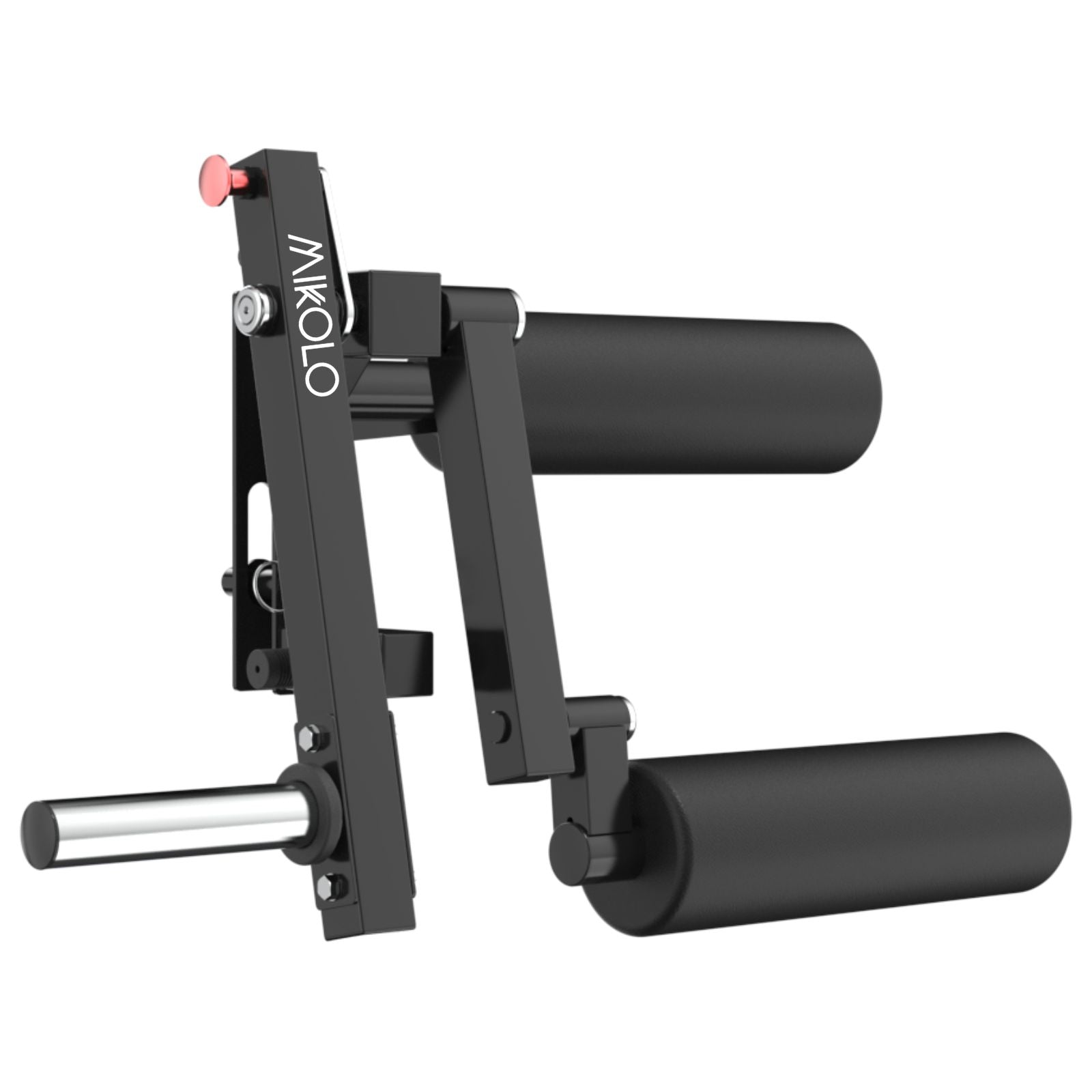
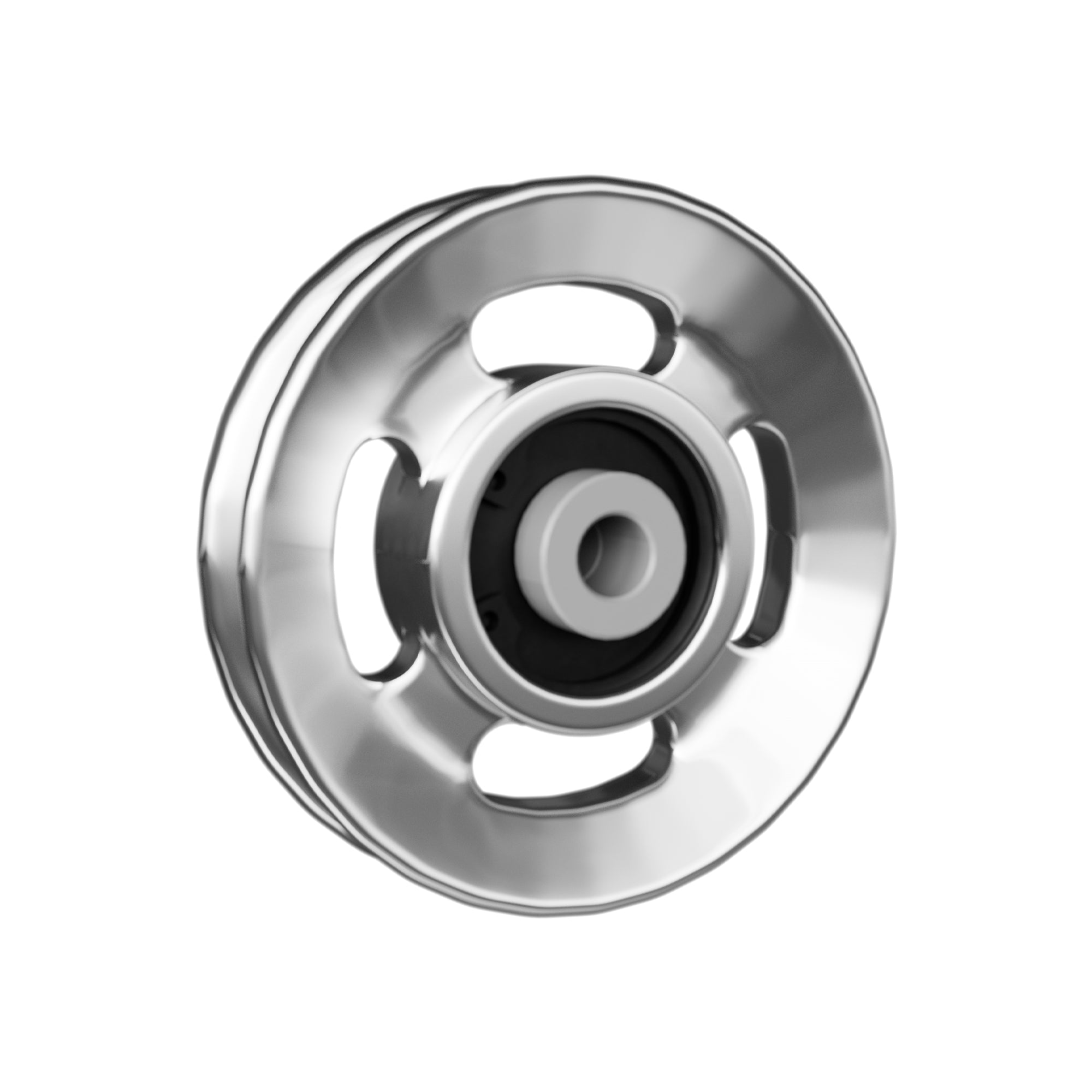
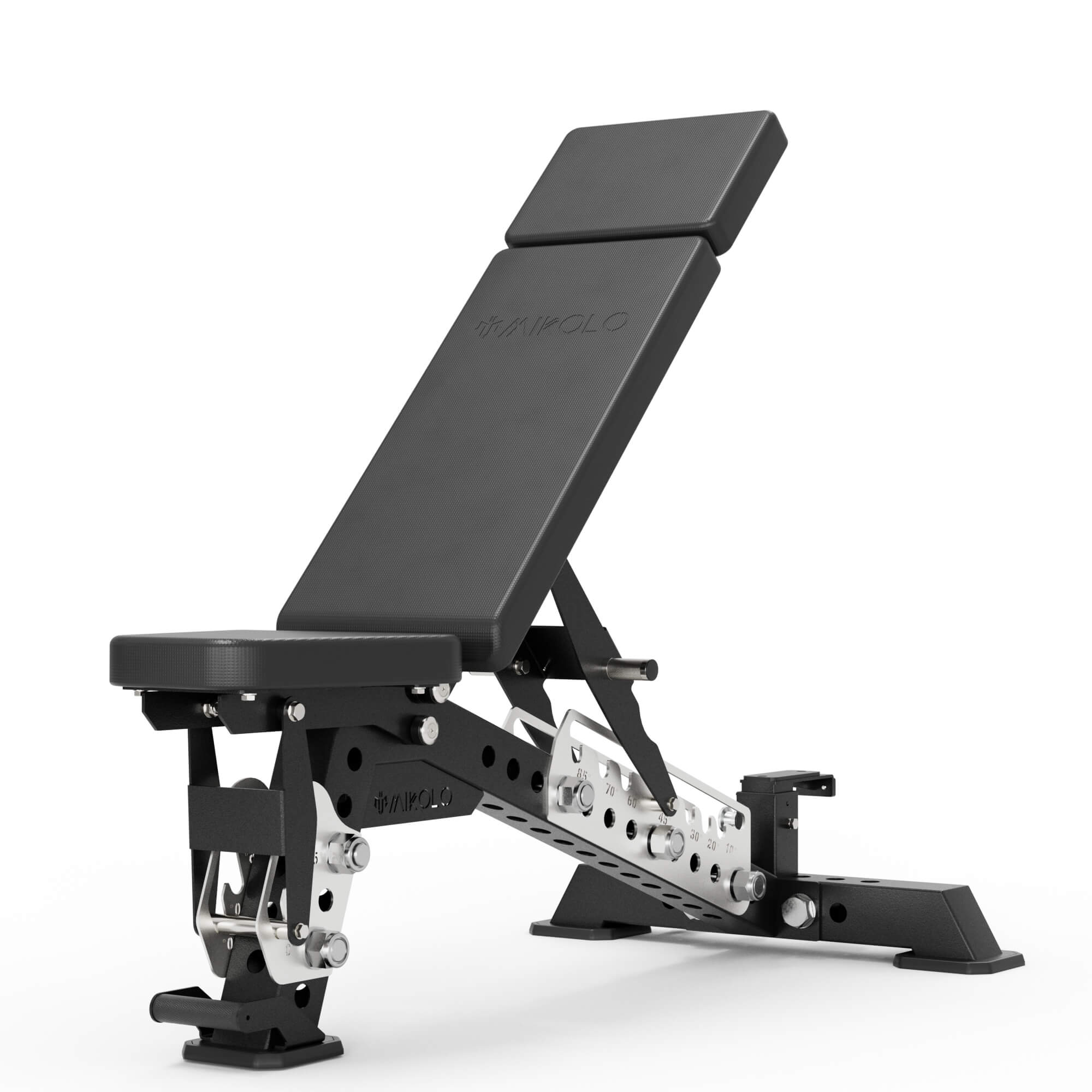
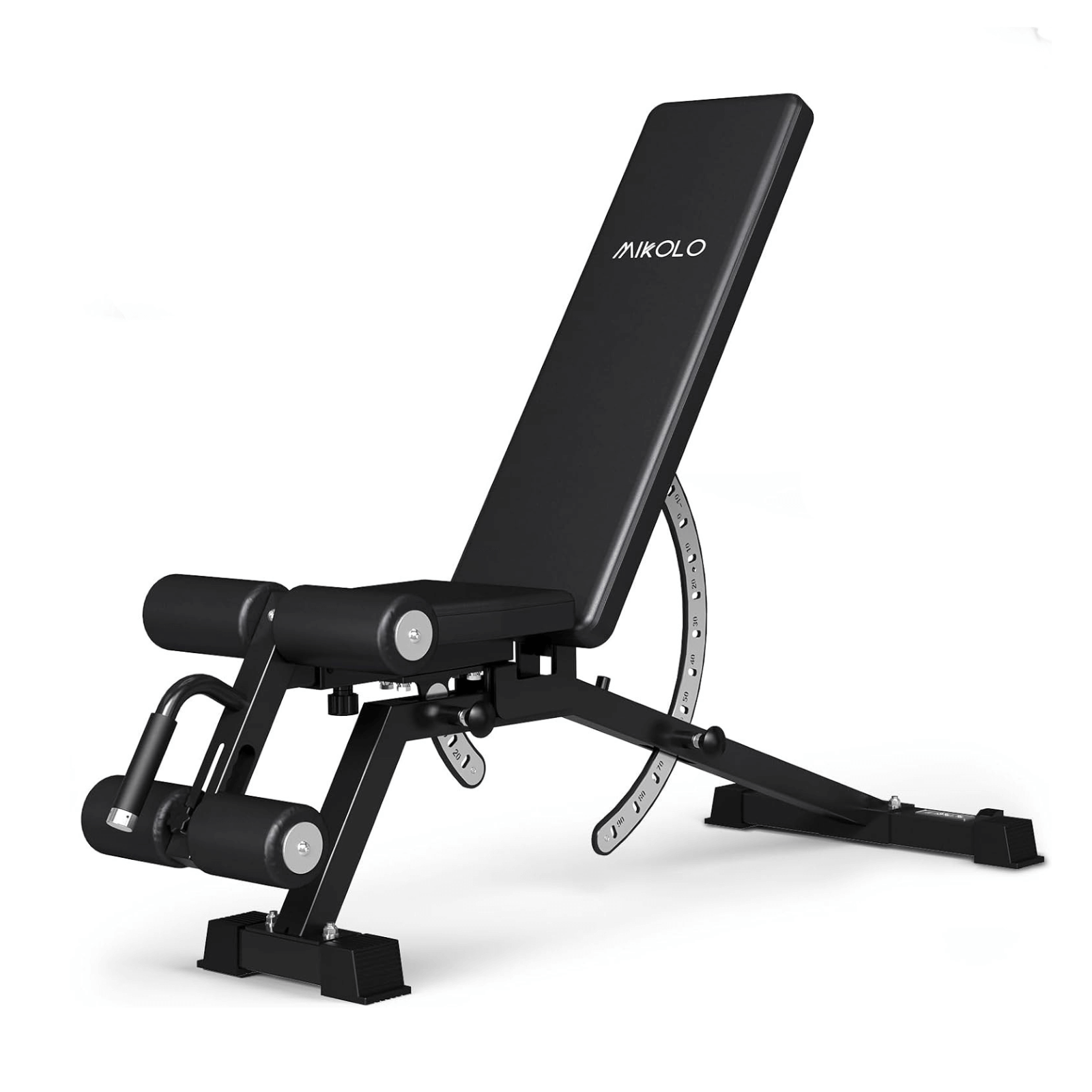
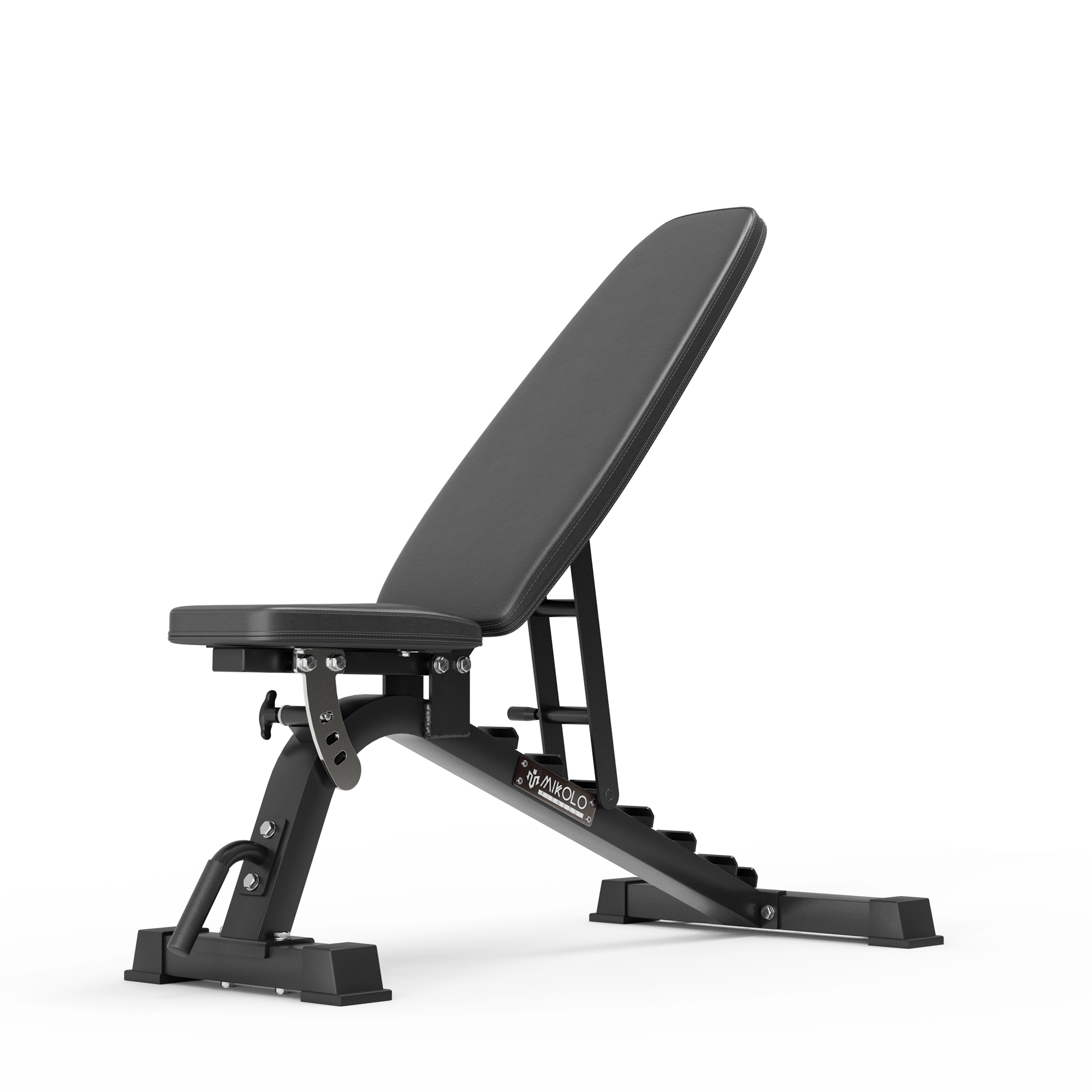
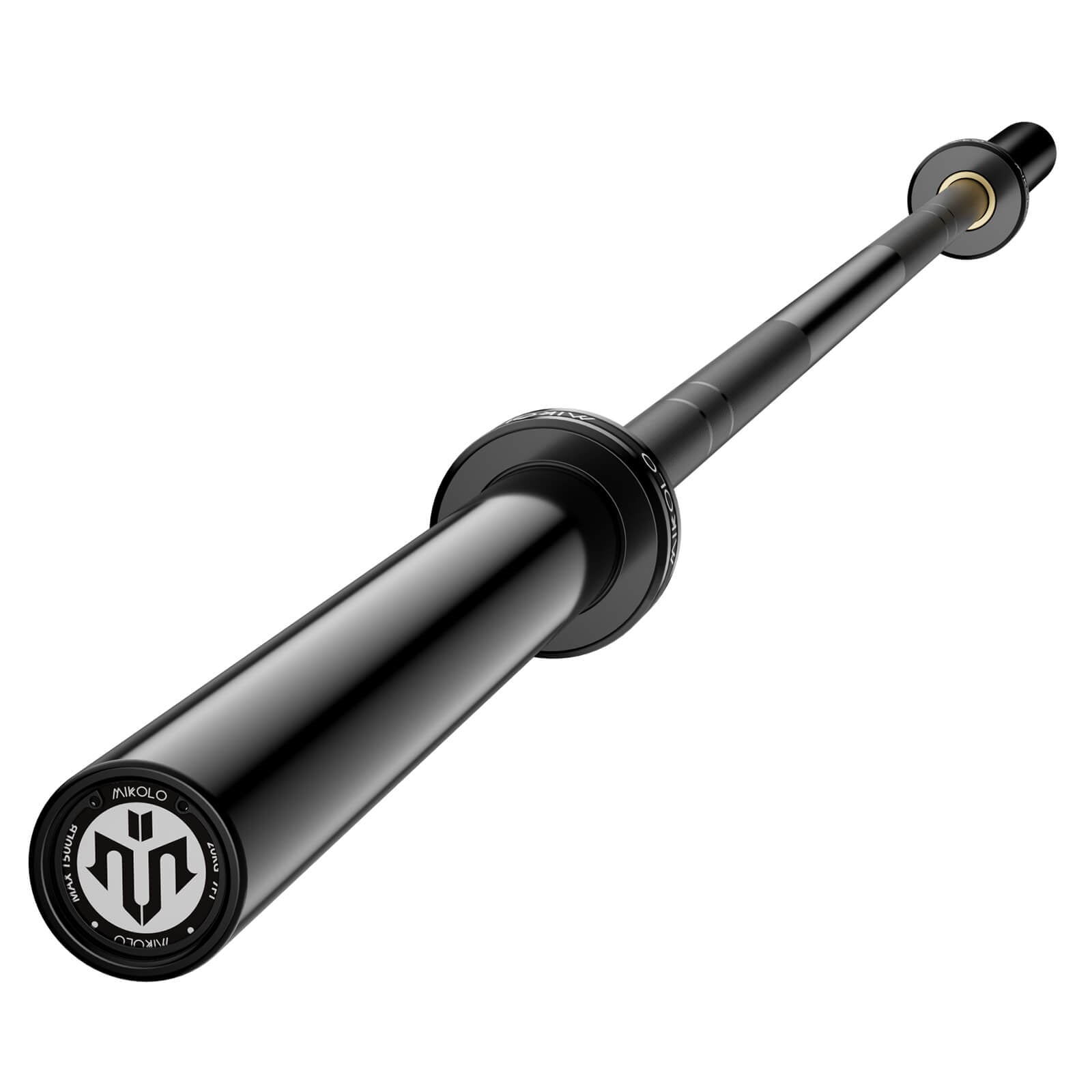
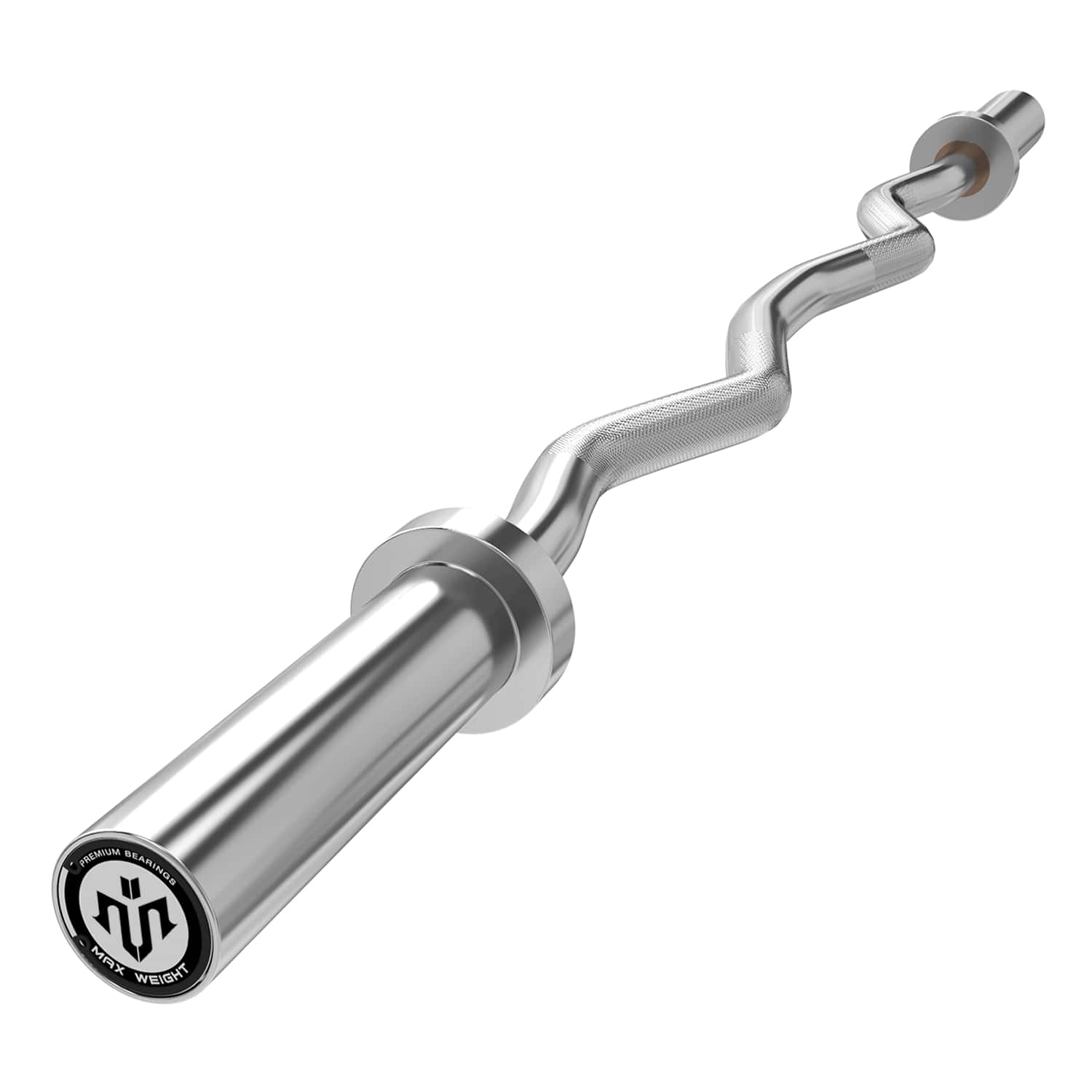
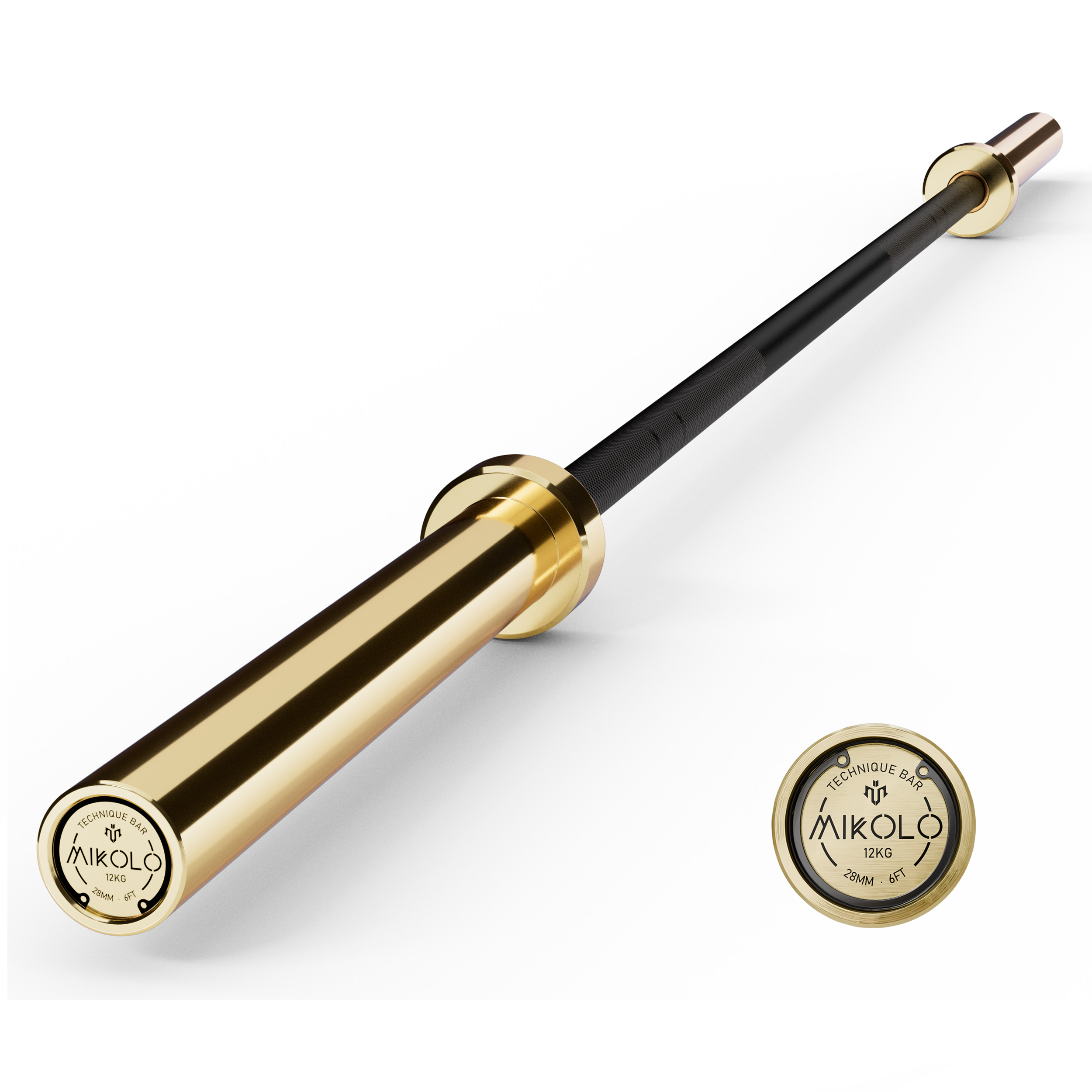
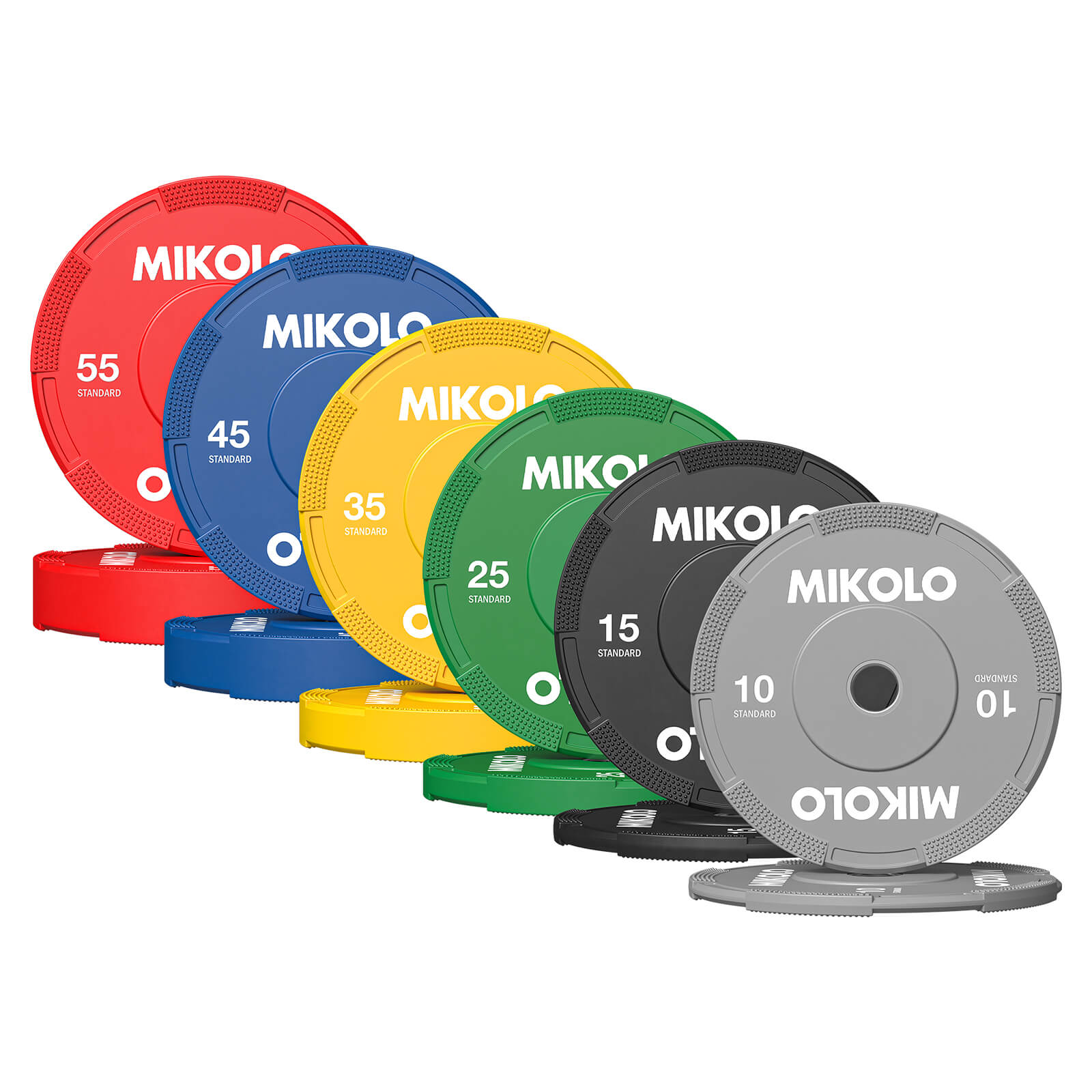
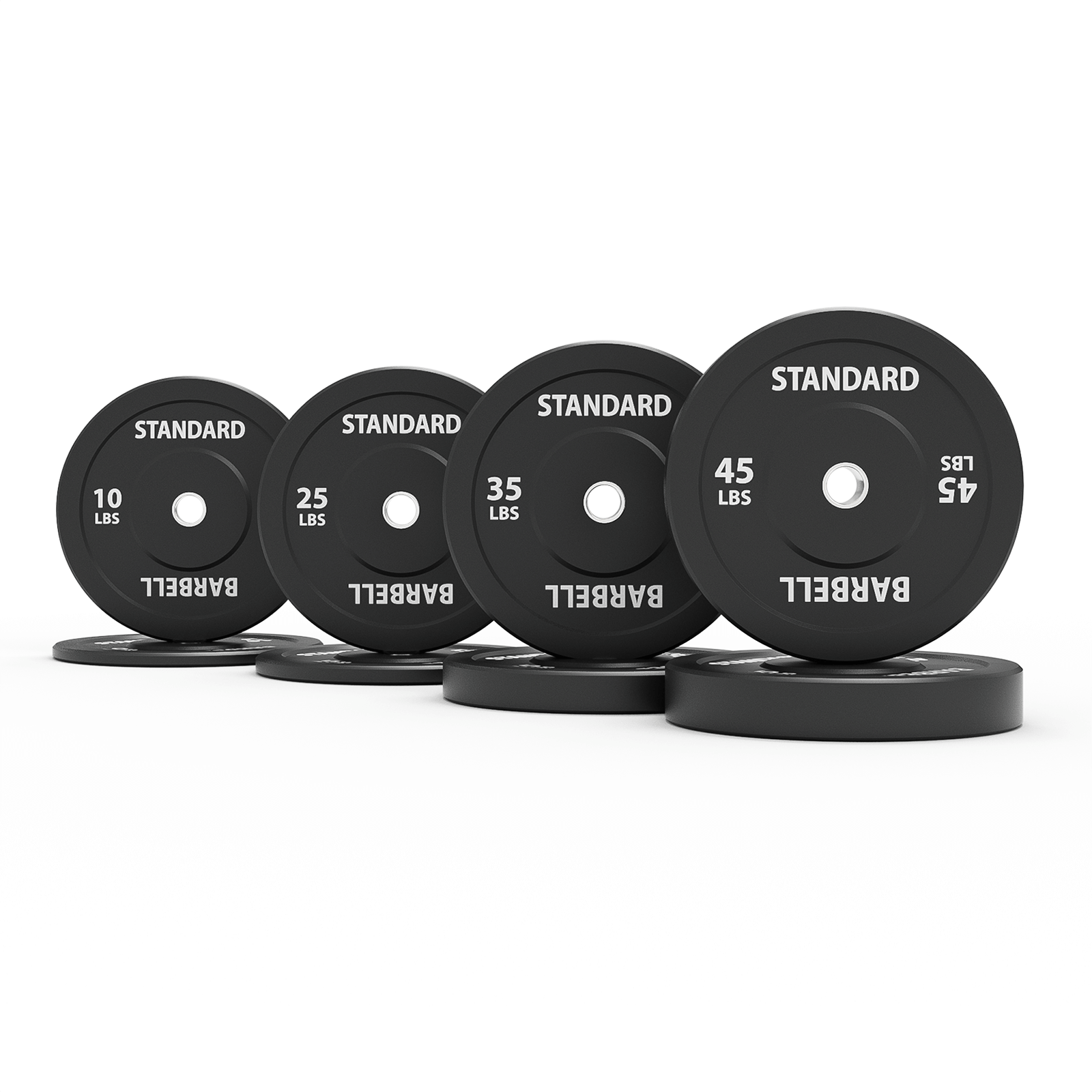
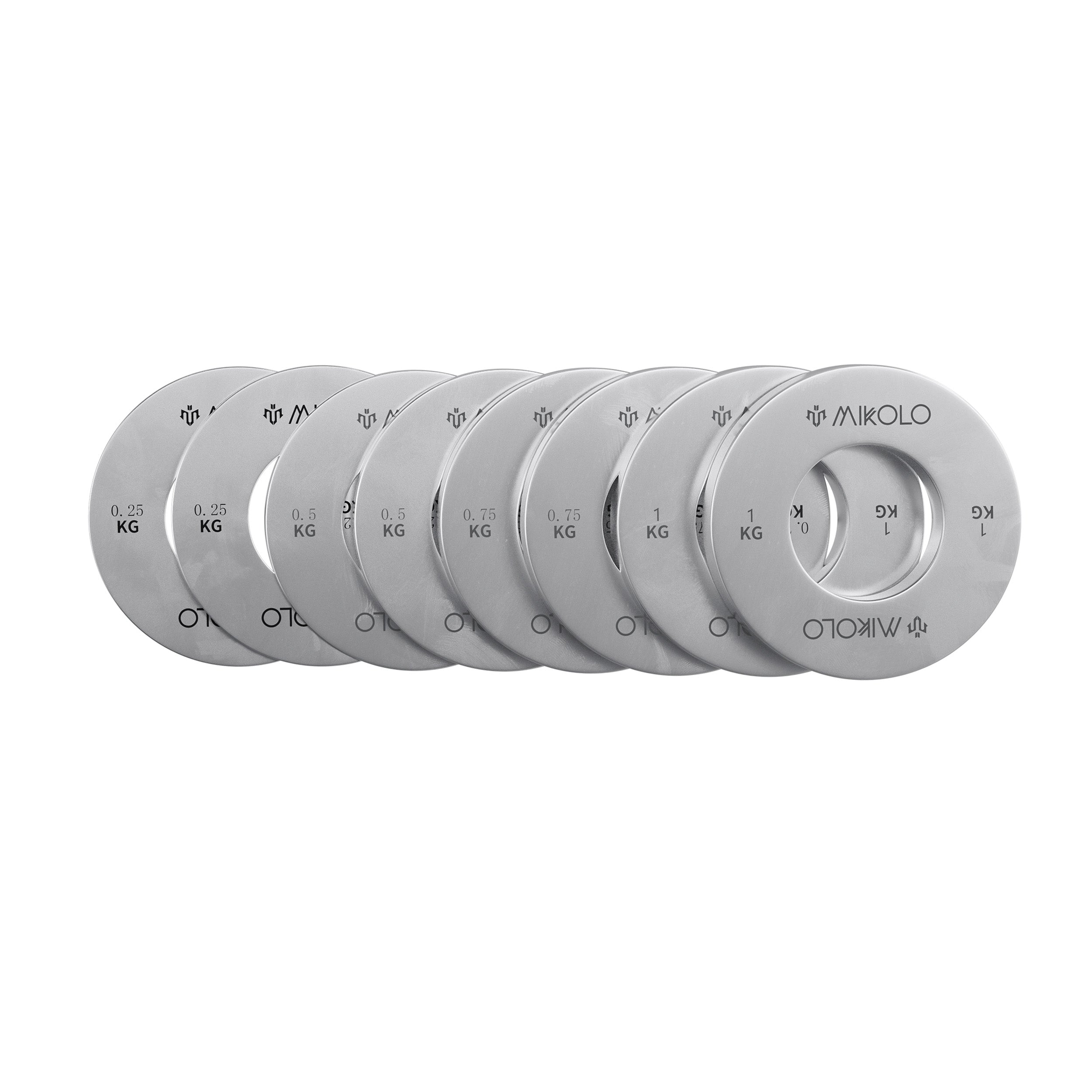
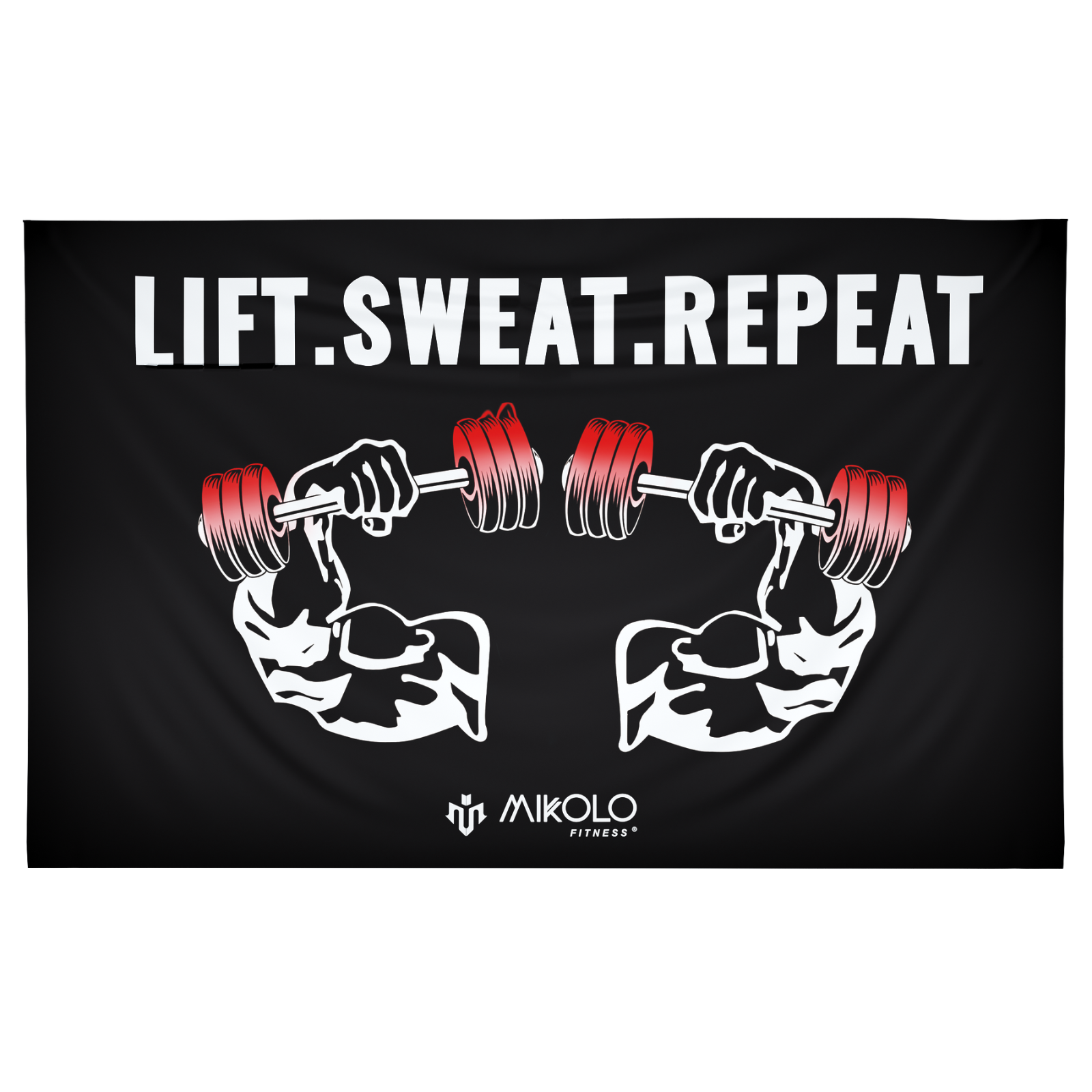
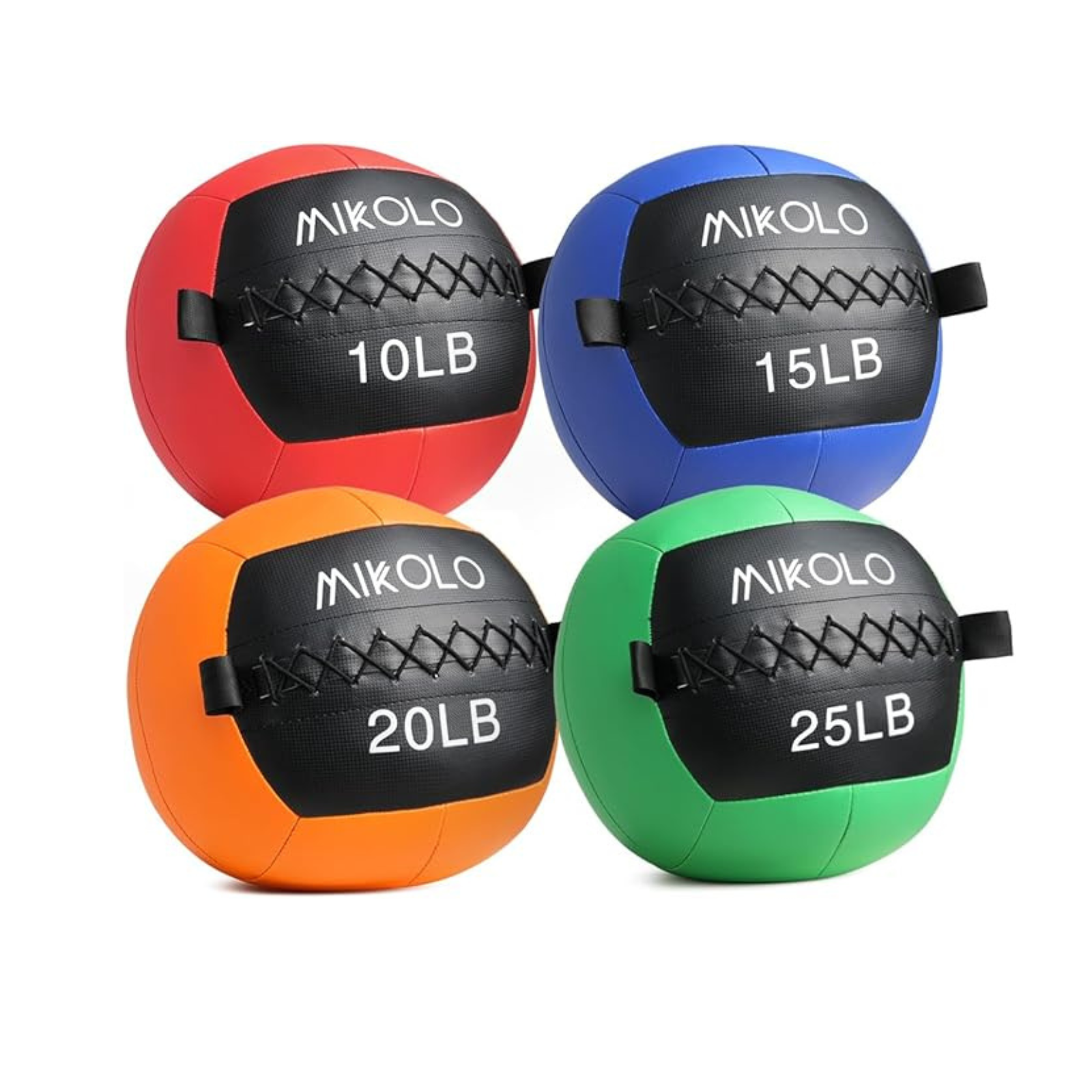
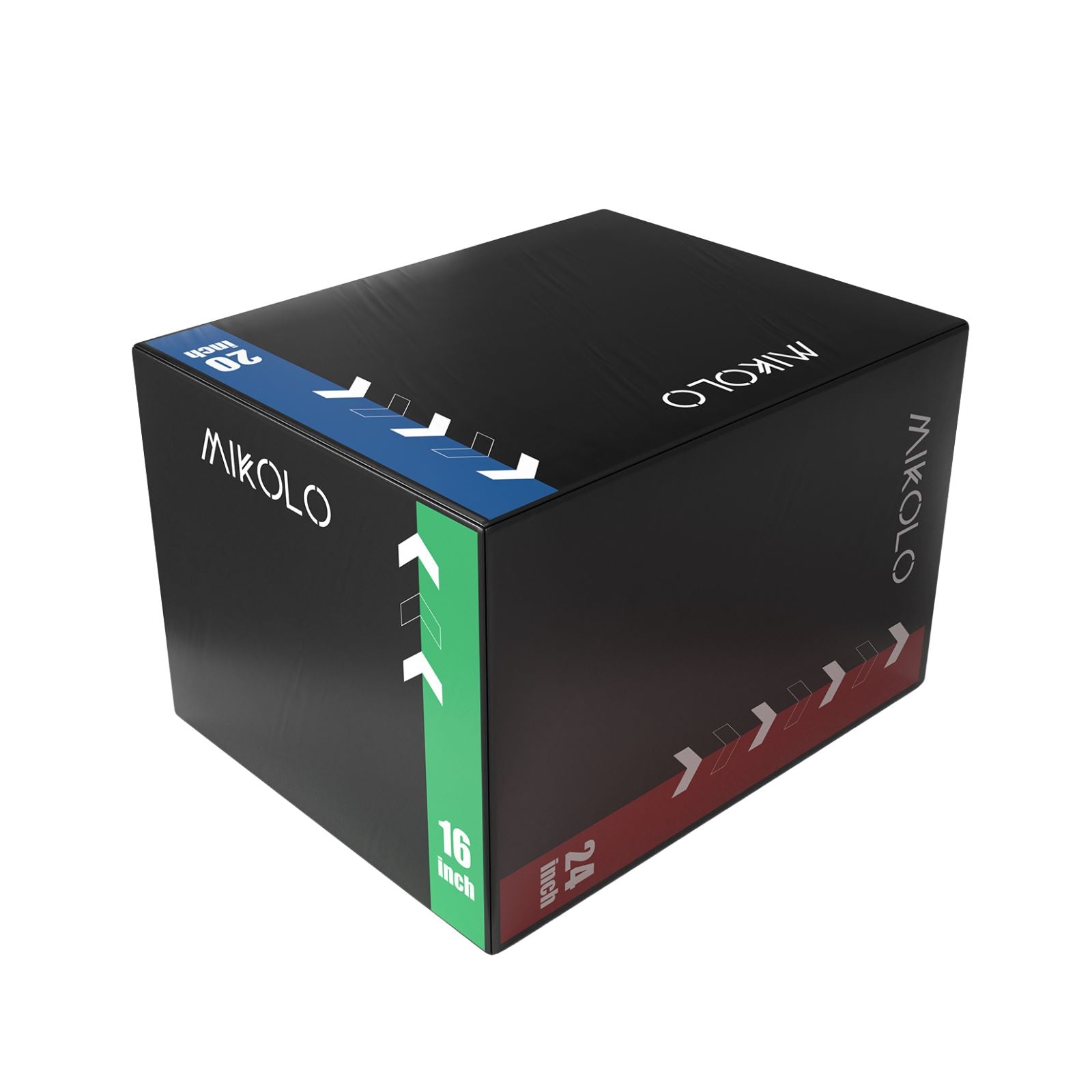
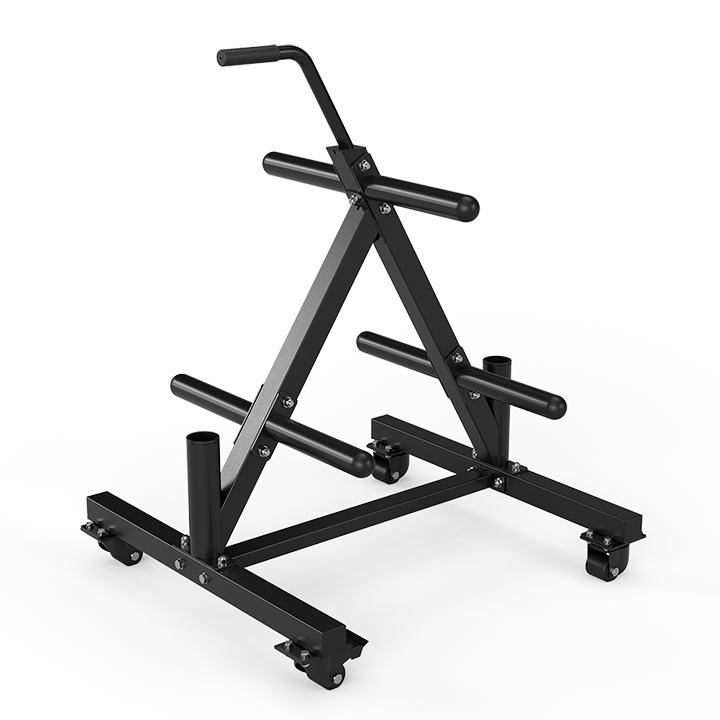
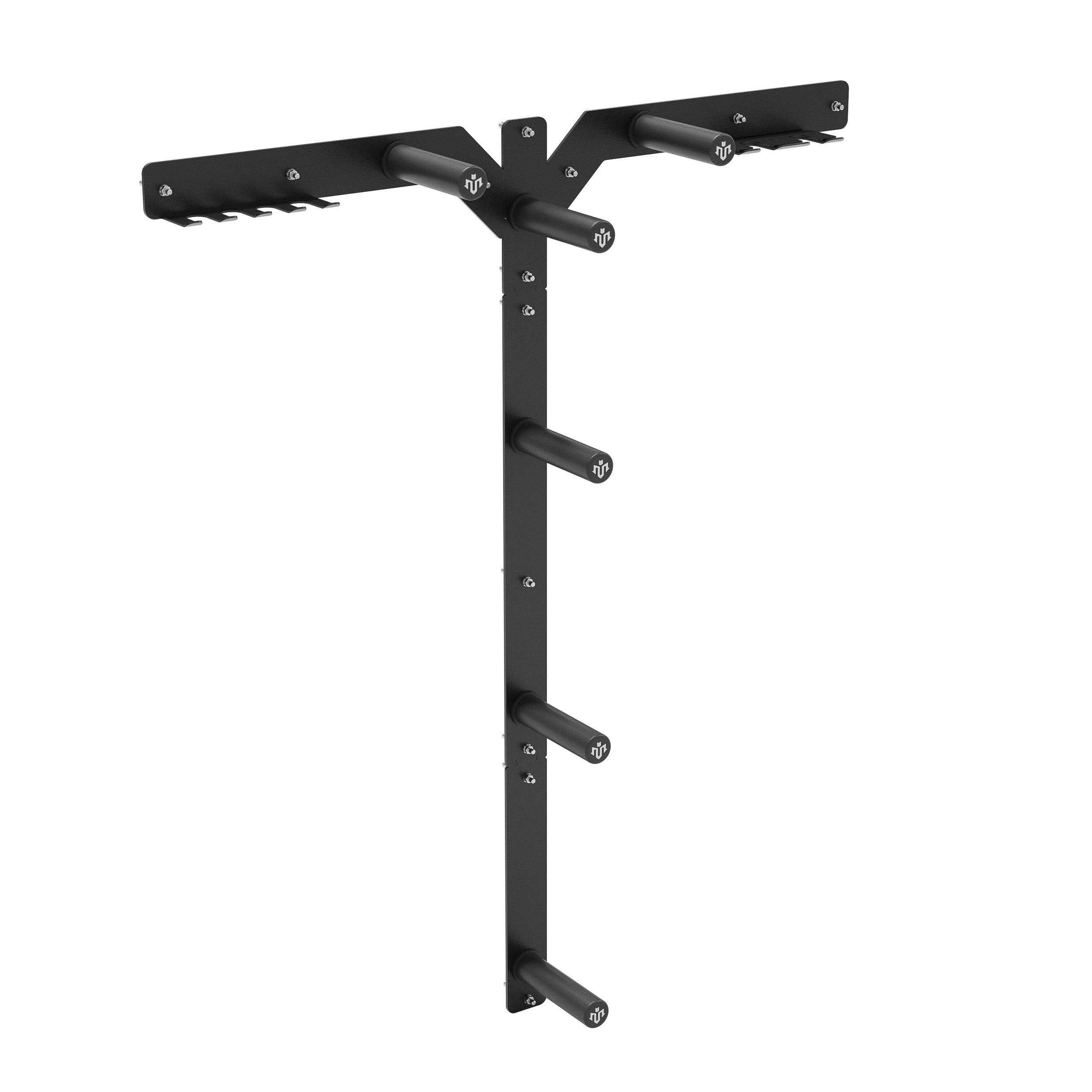
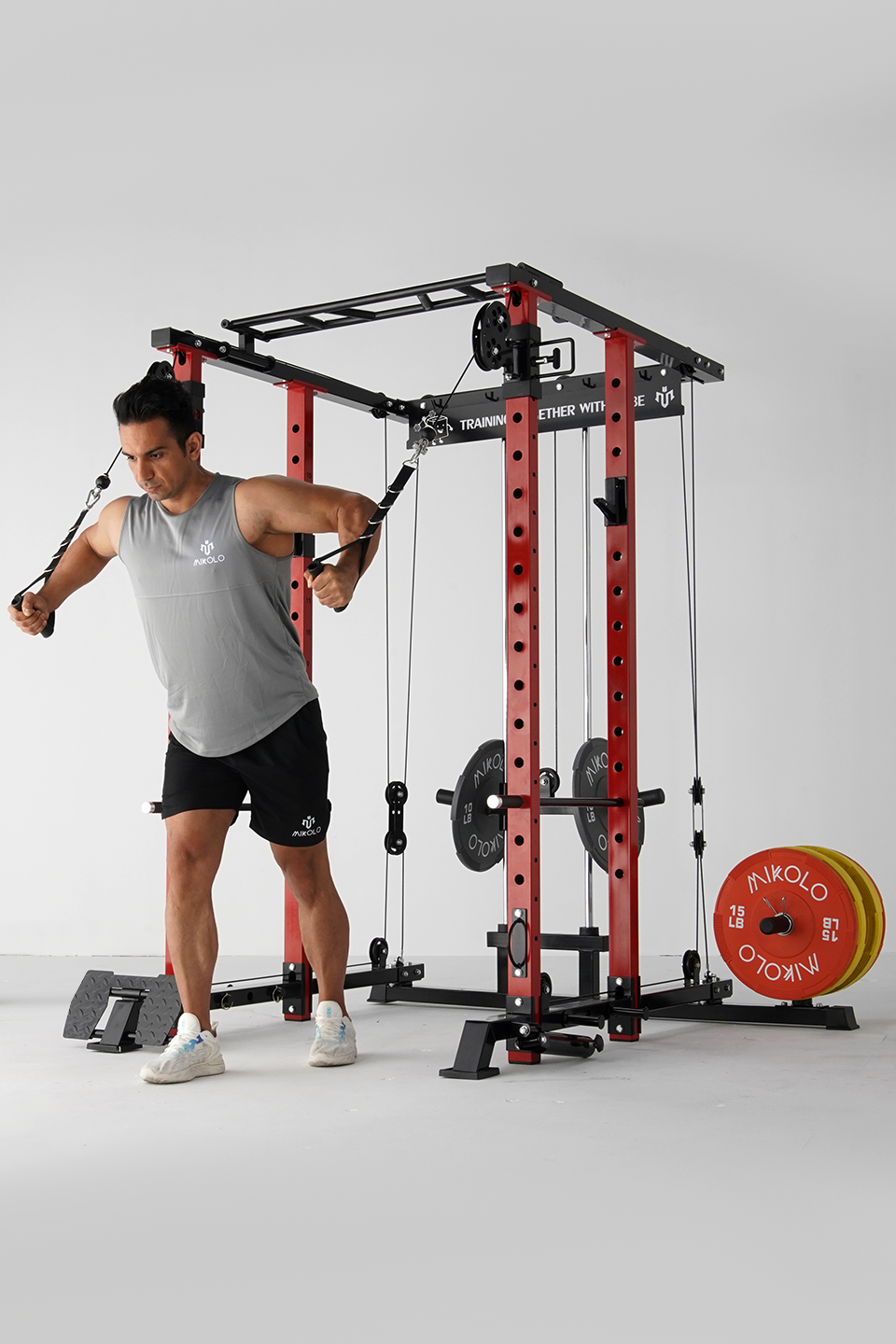
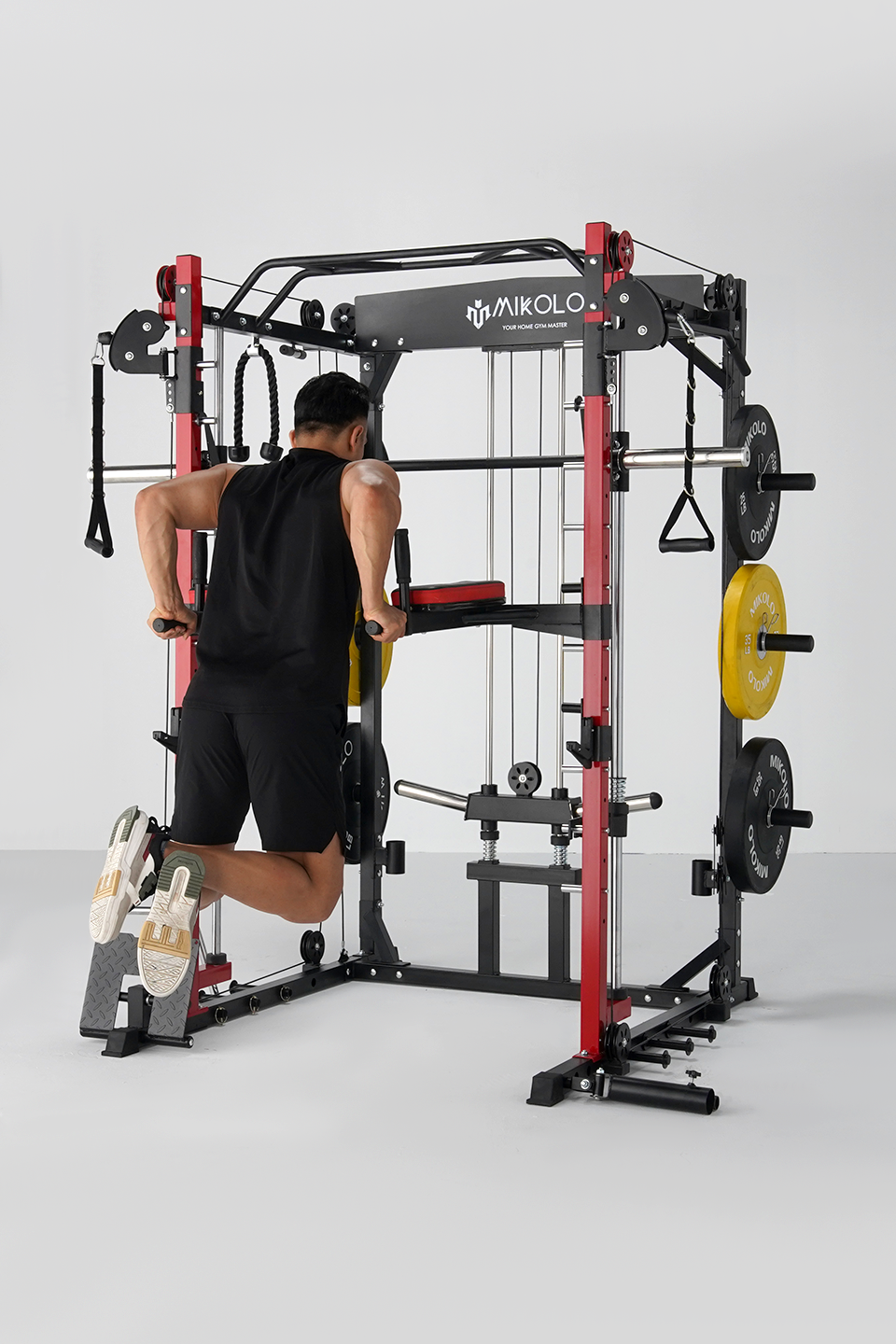


Leave a comment
This site is protected by hCaptcha and the hCaptcha Privacy Policy and Terms of Service apply.